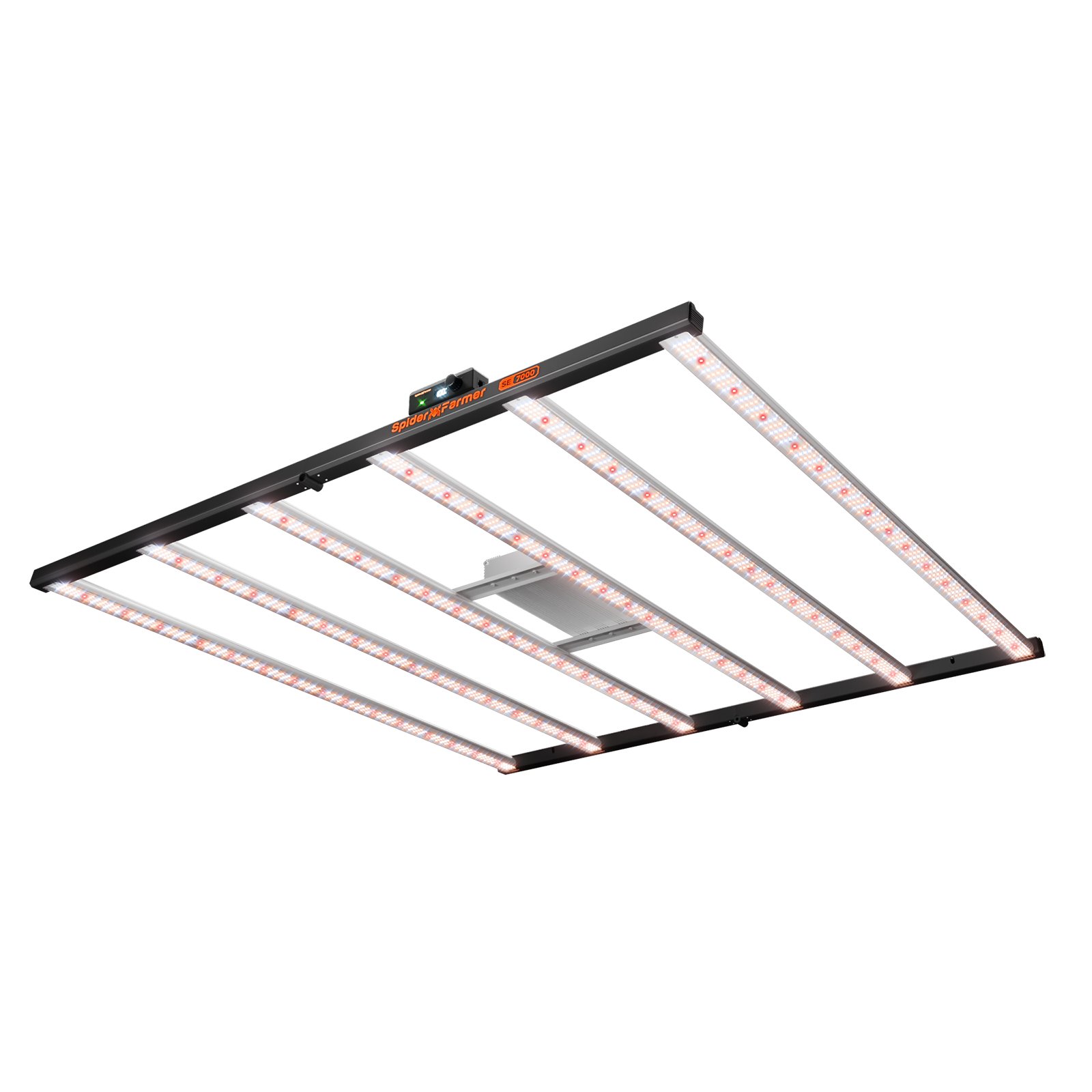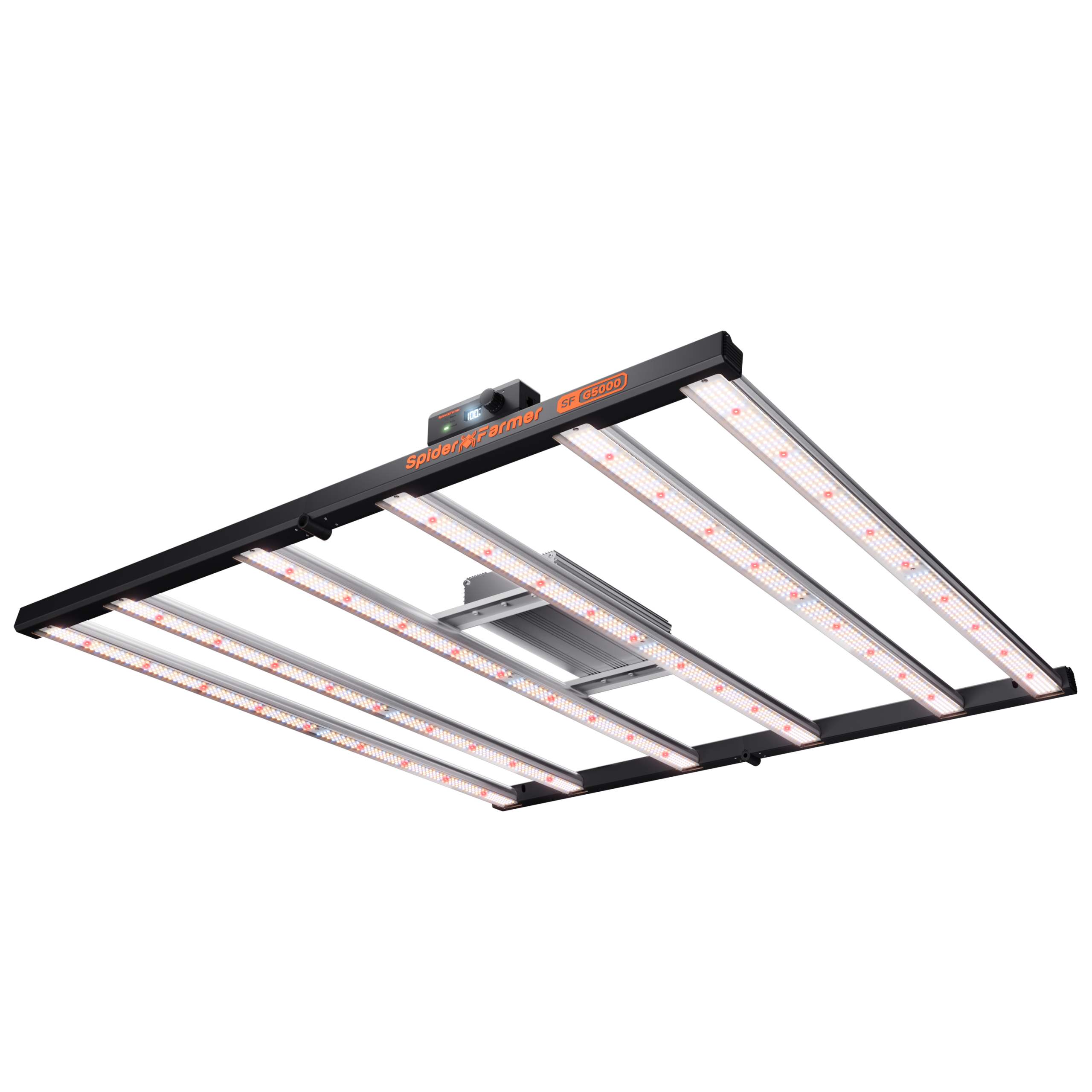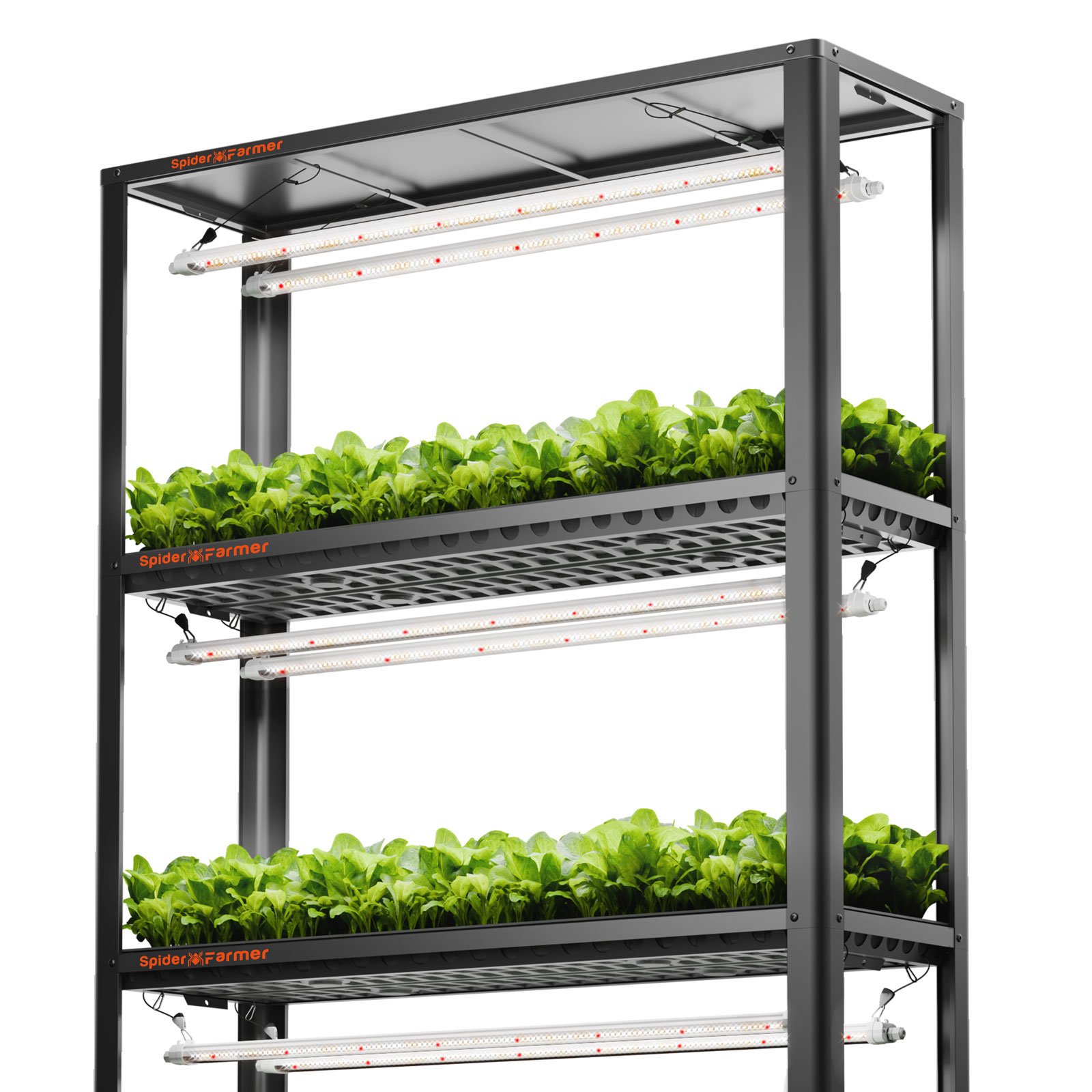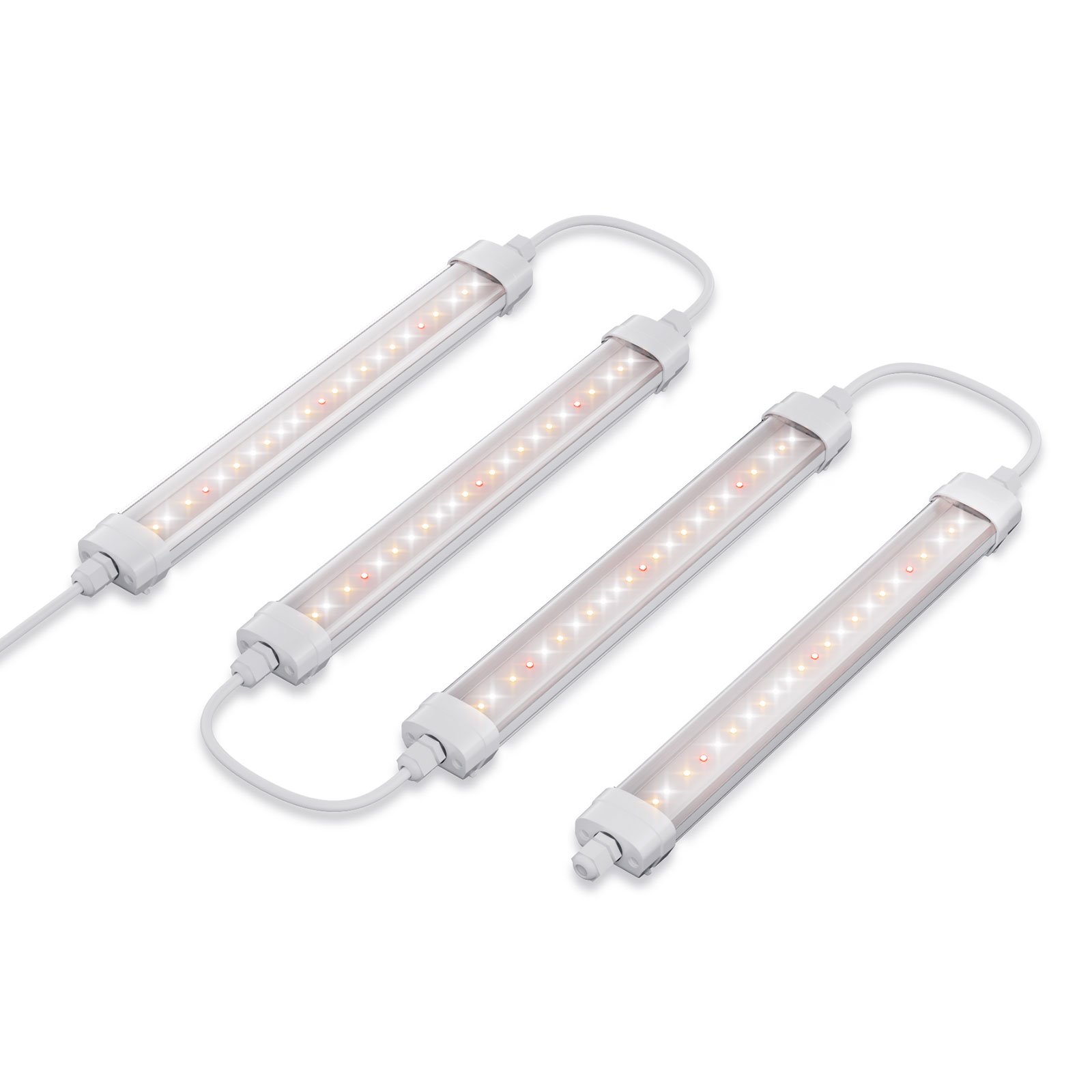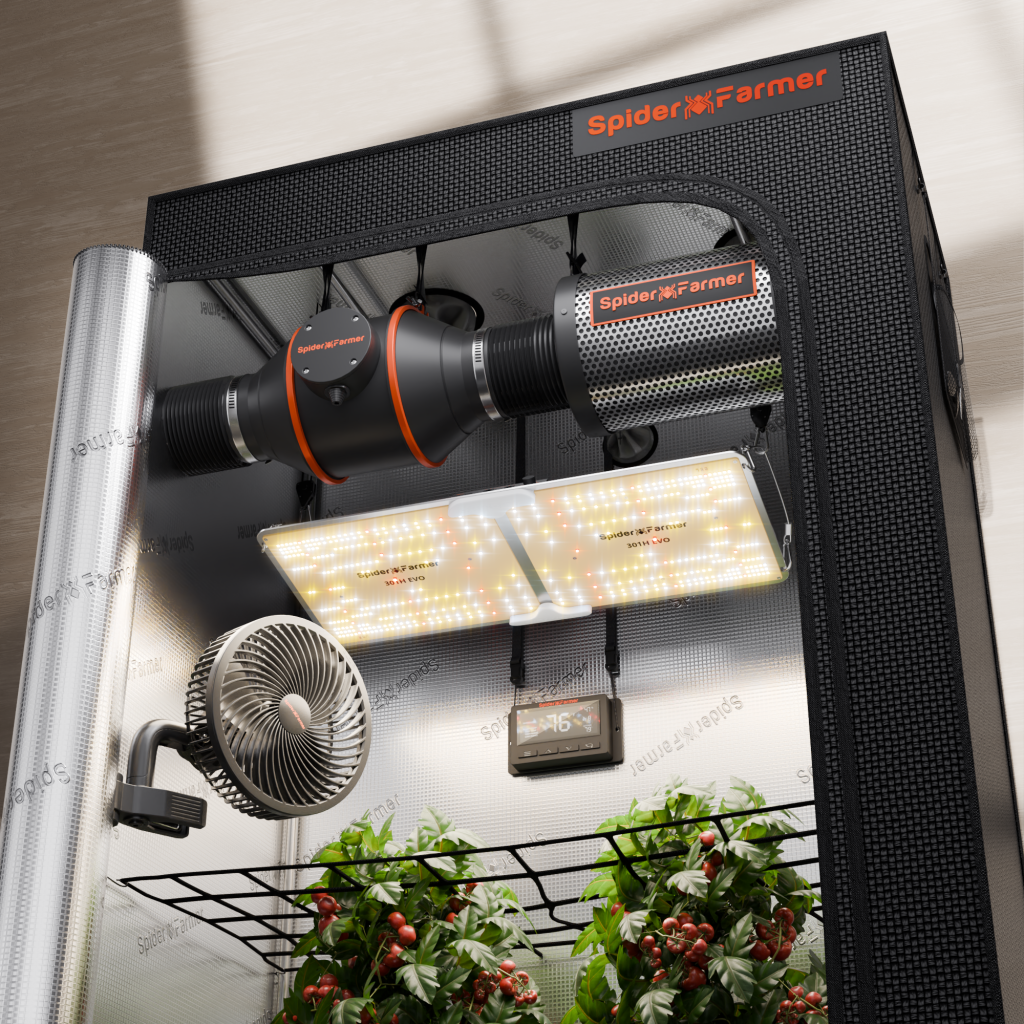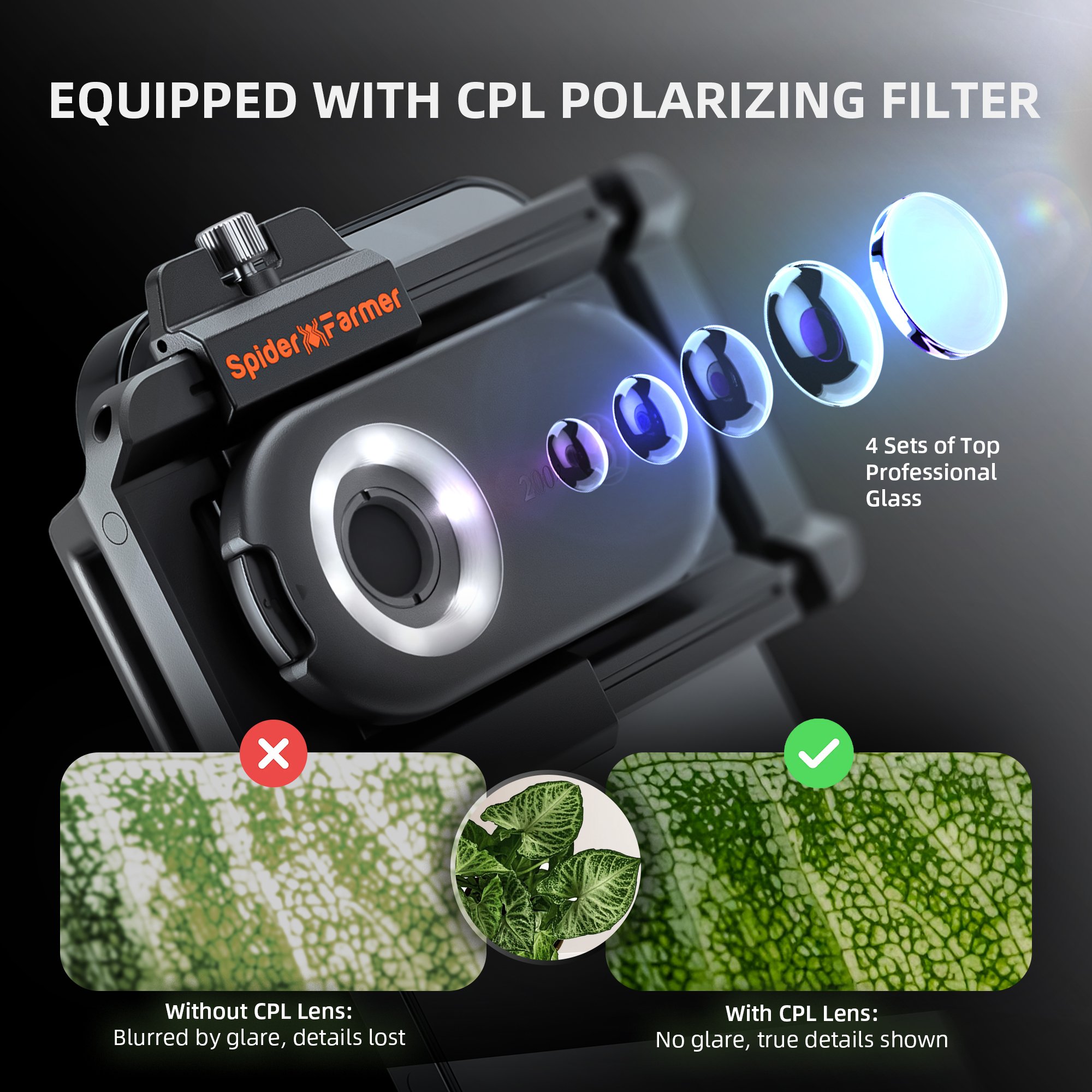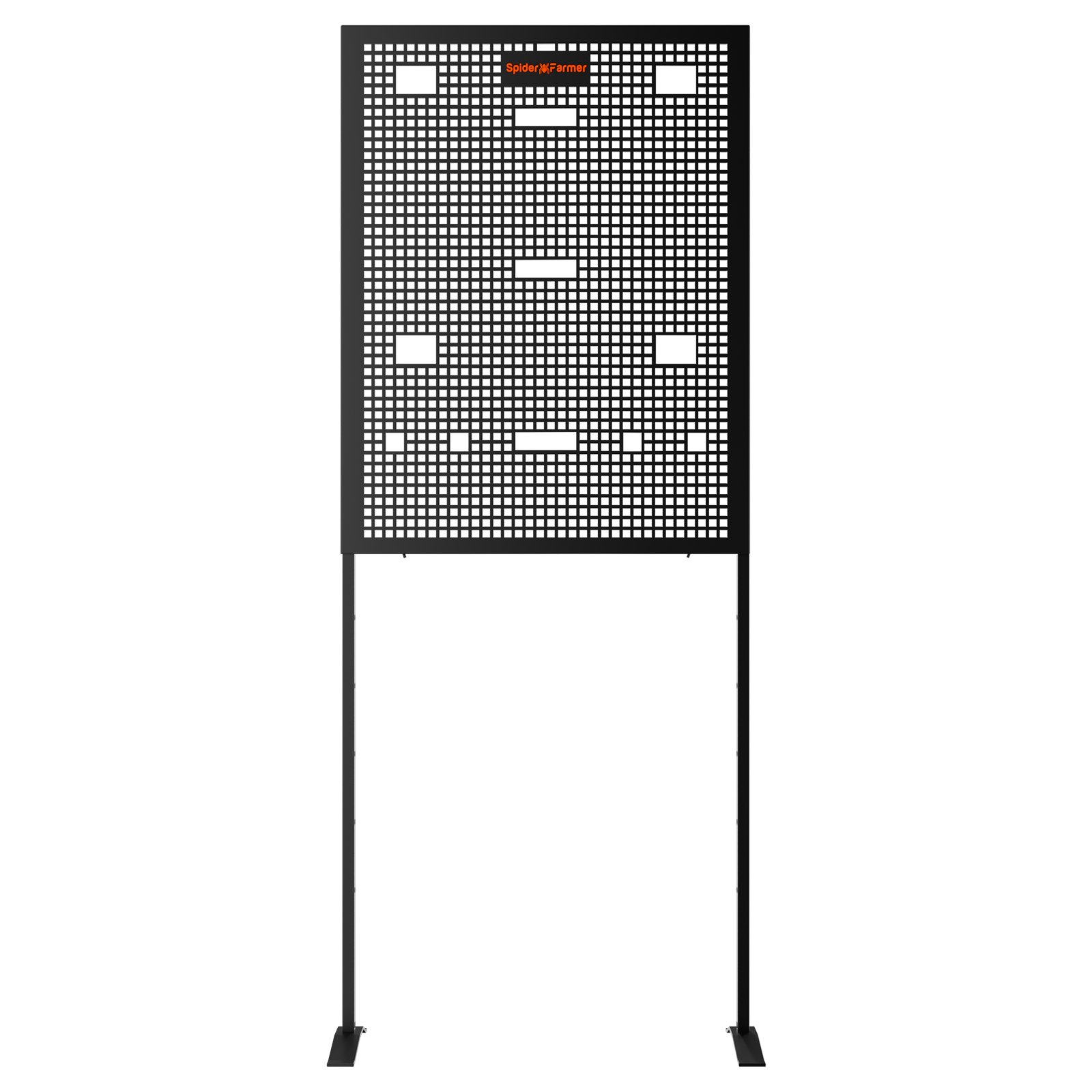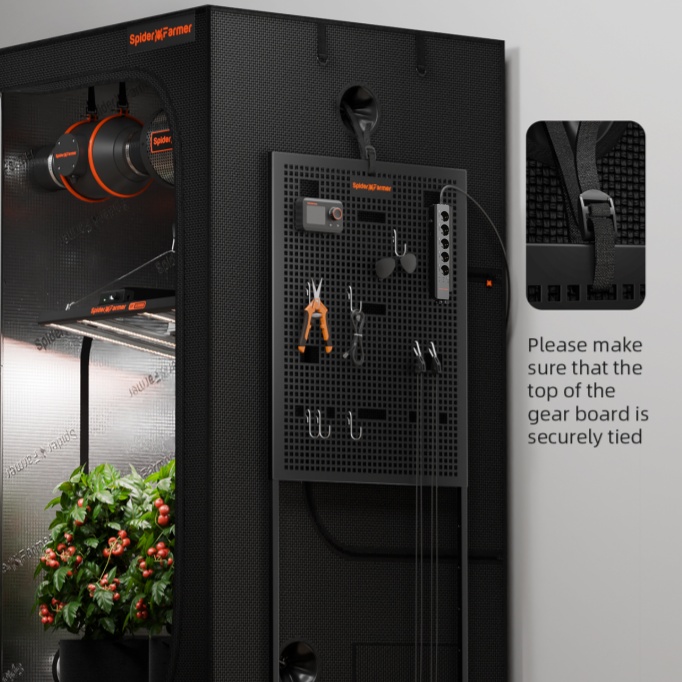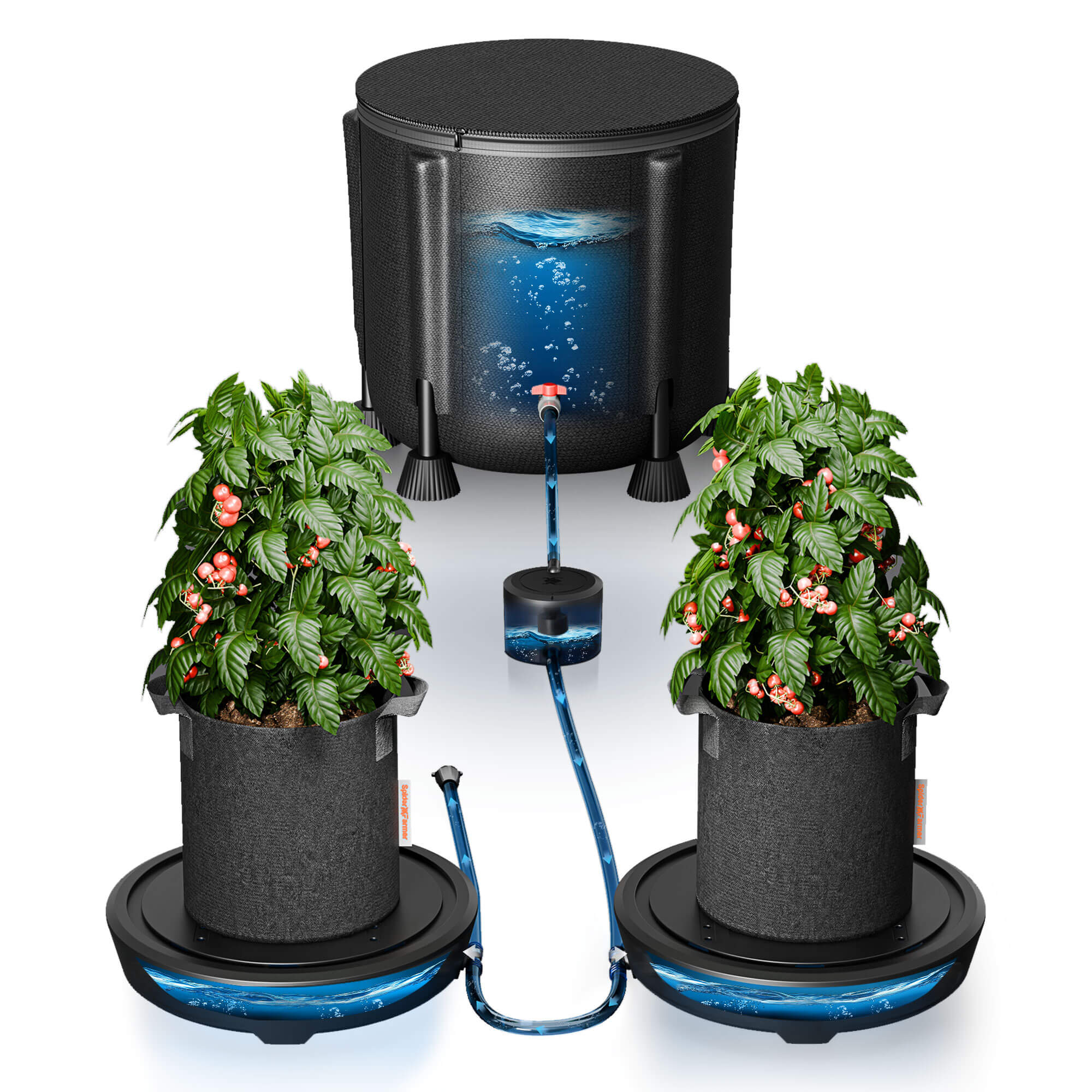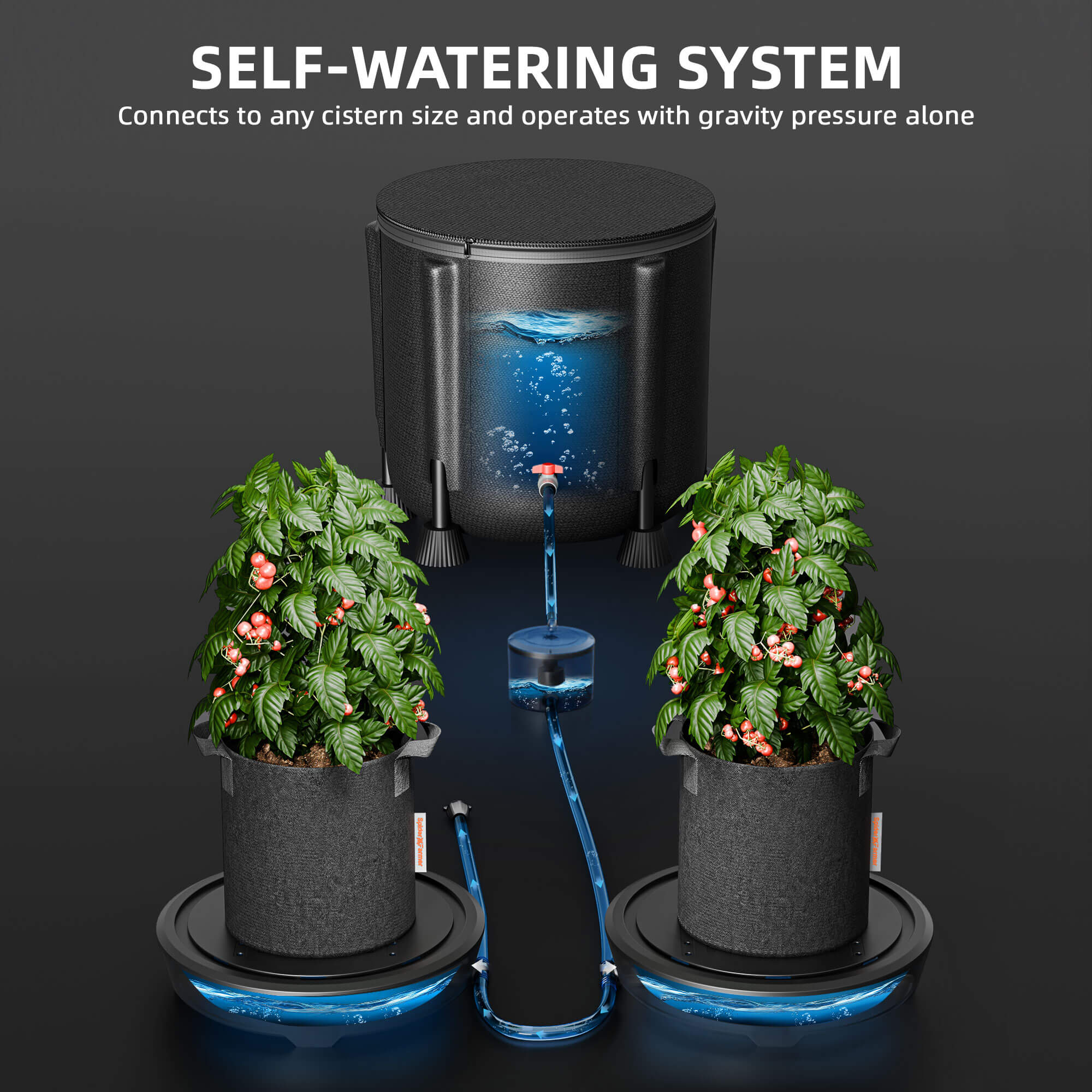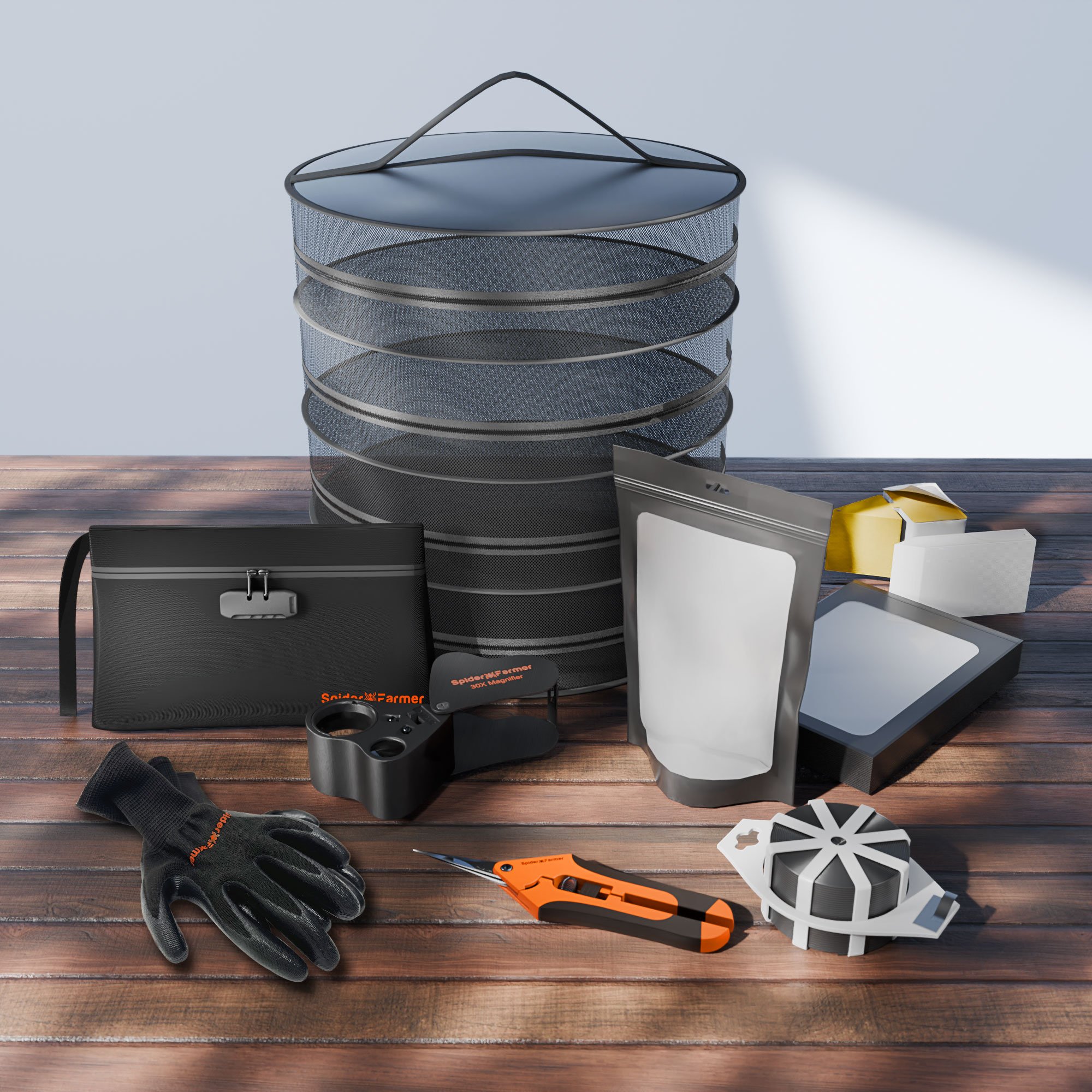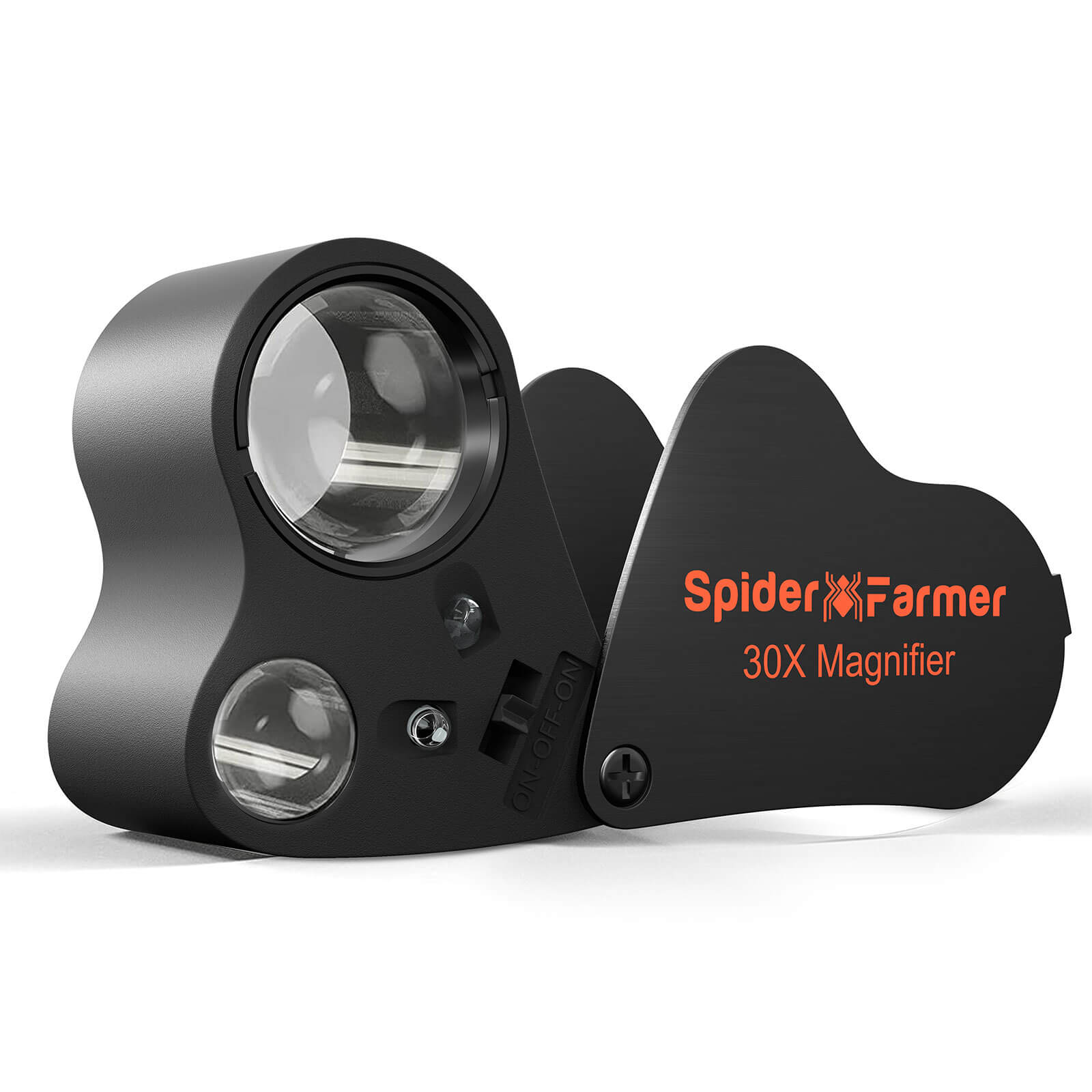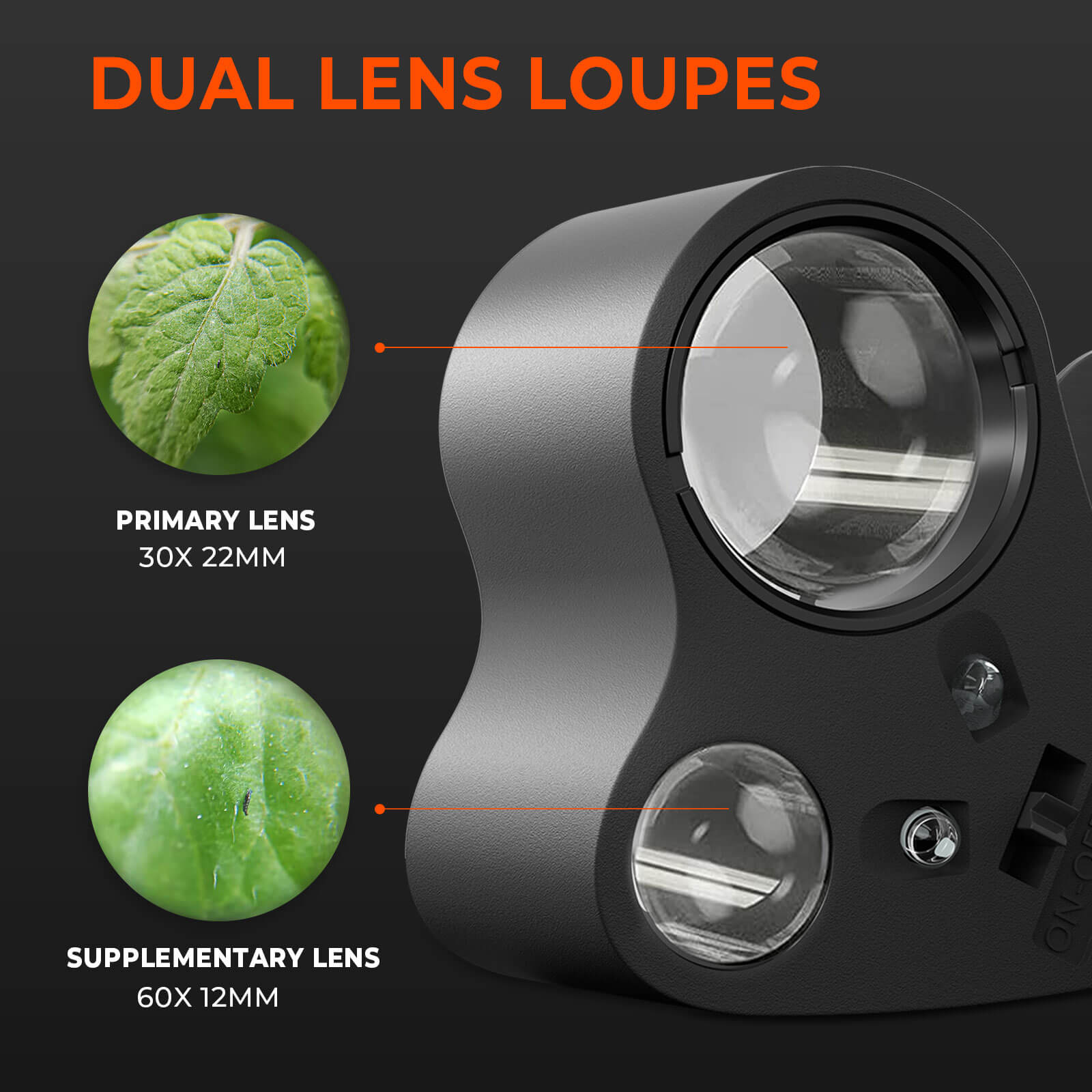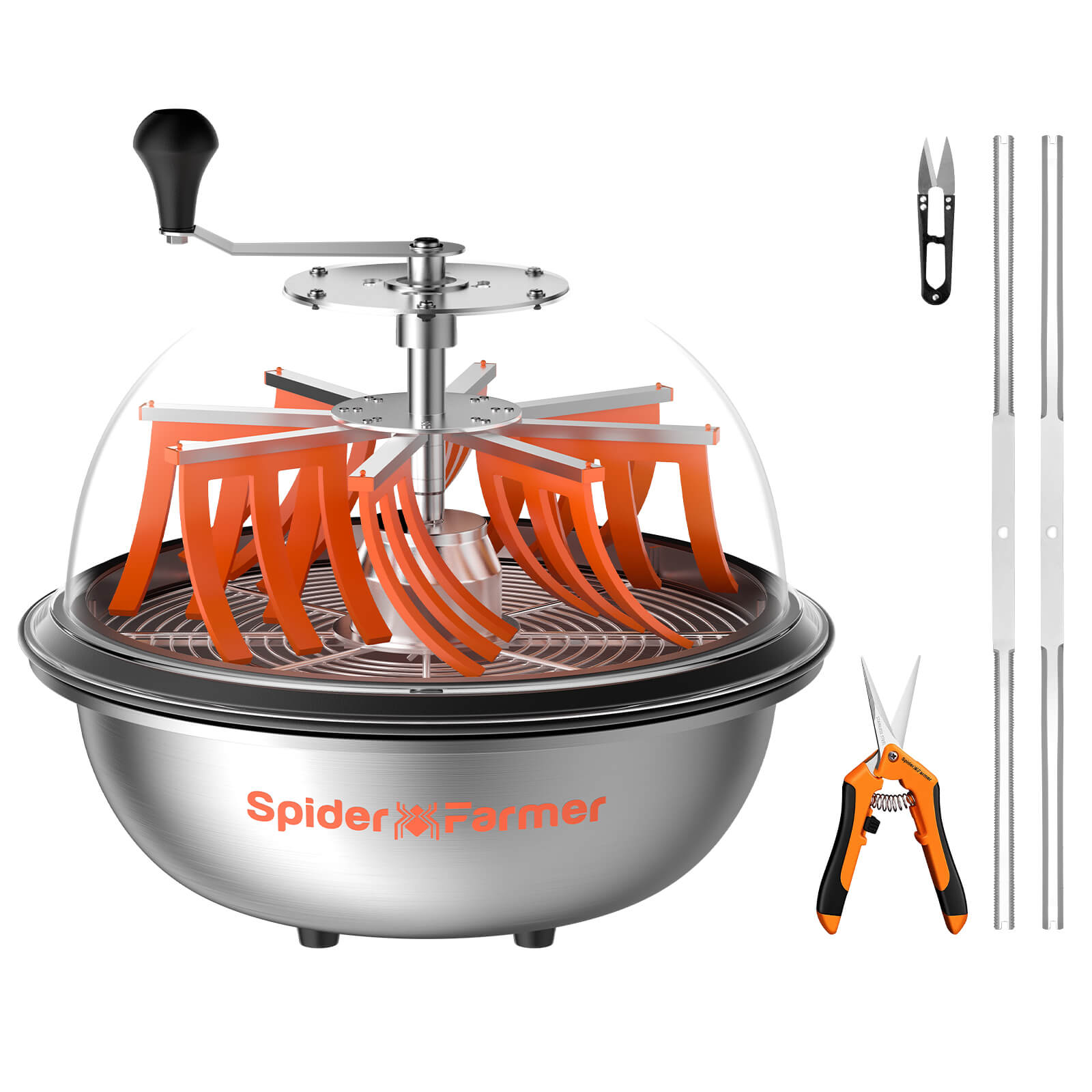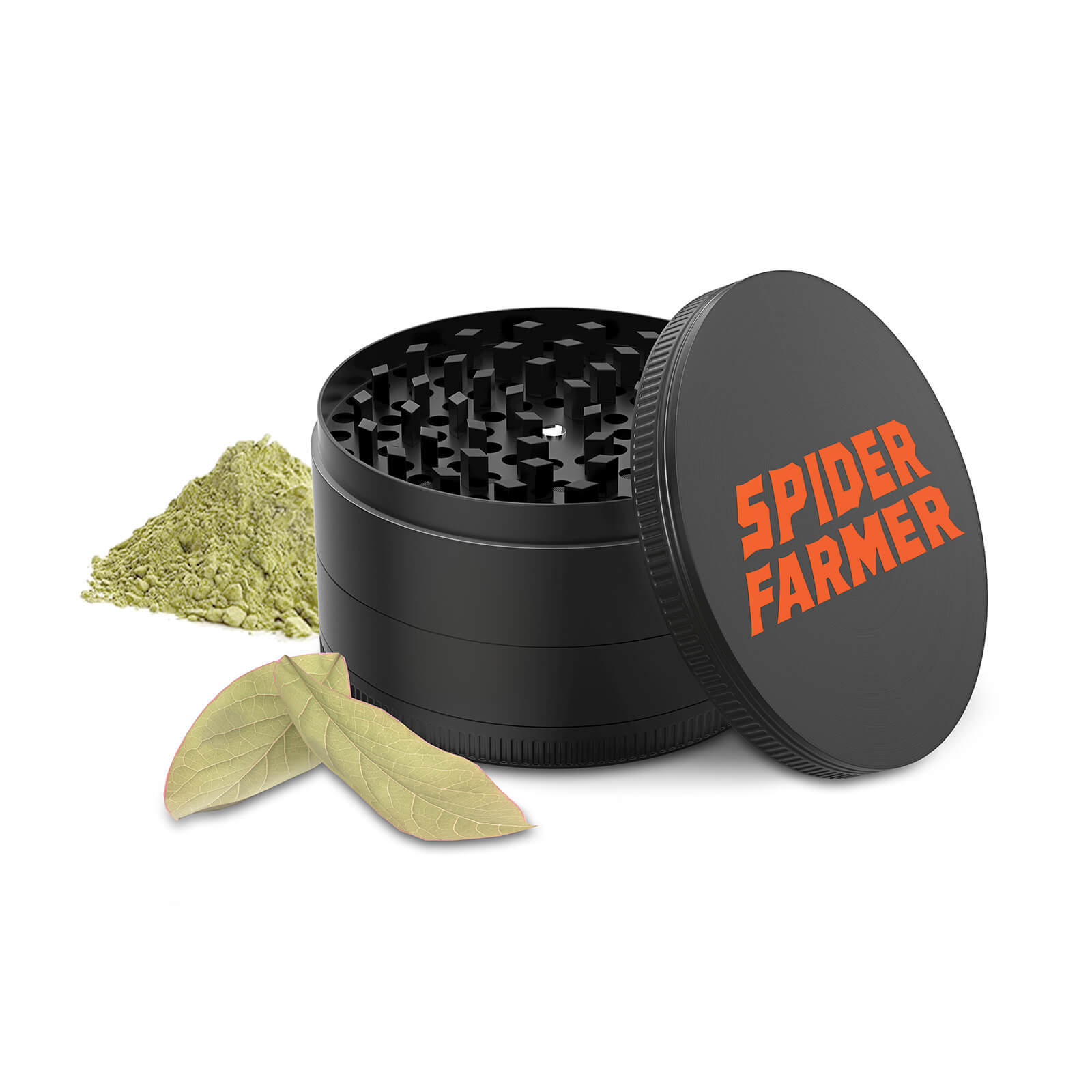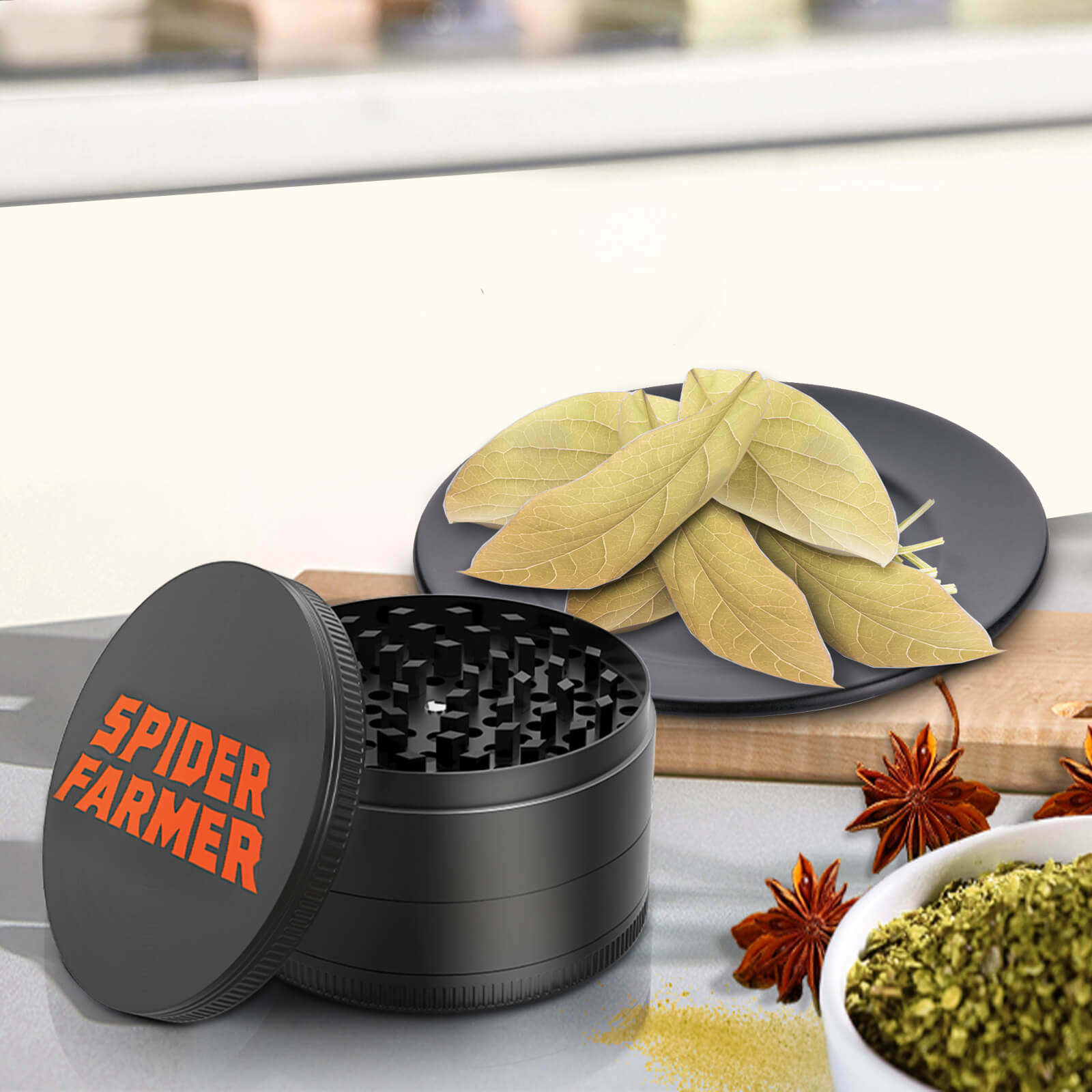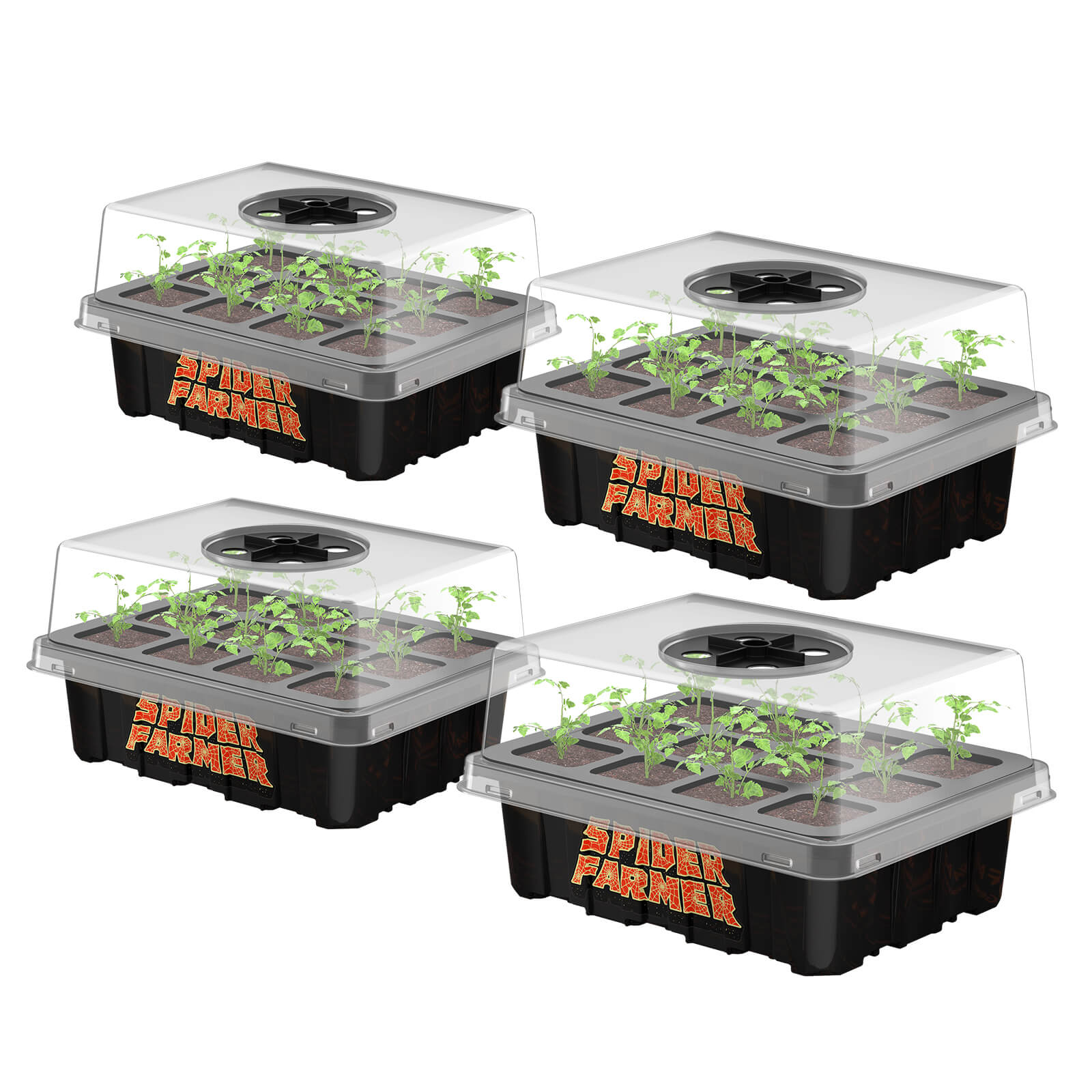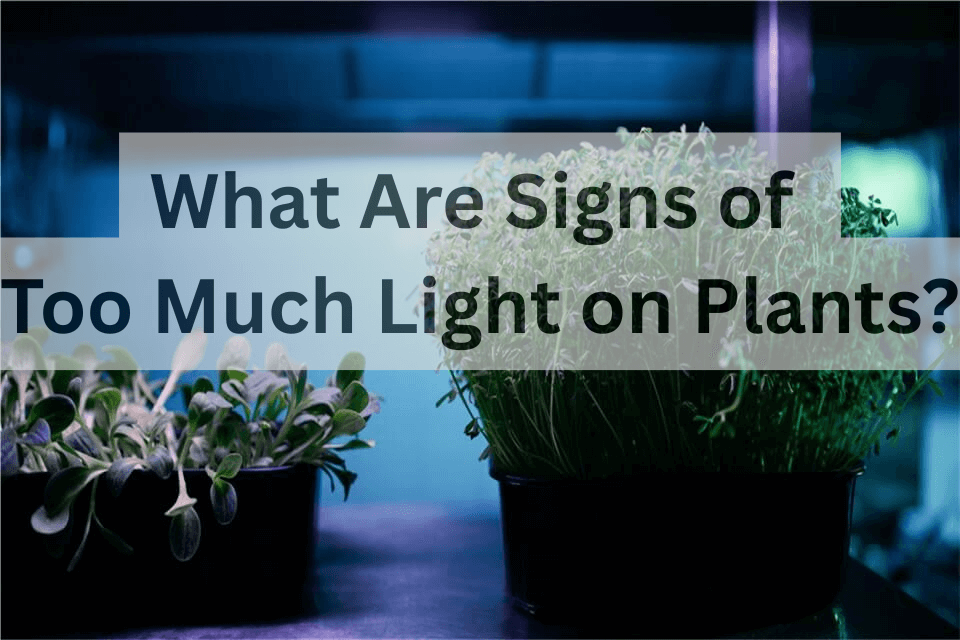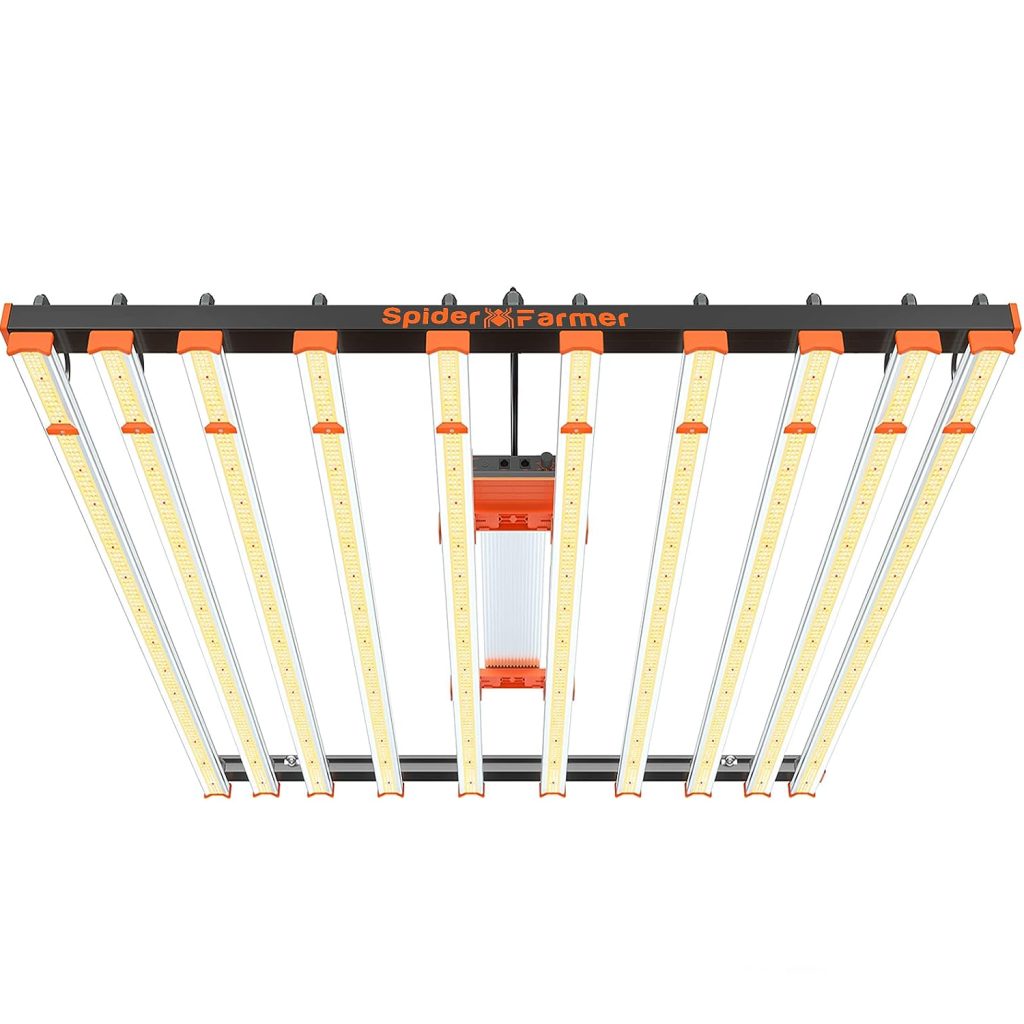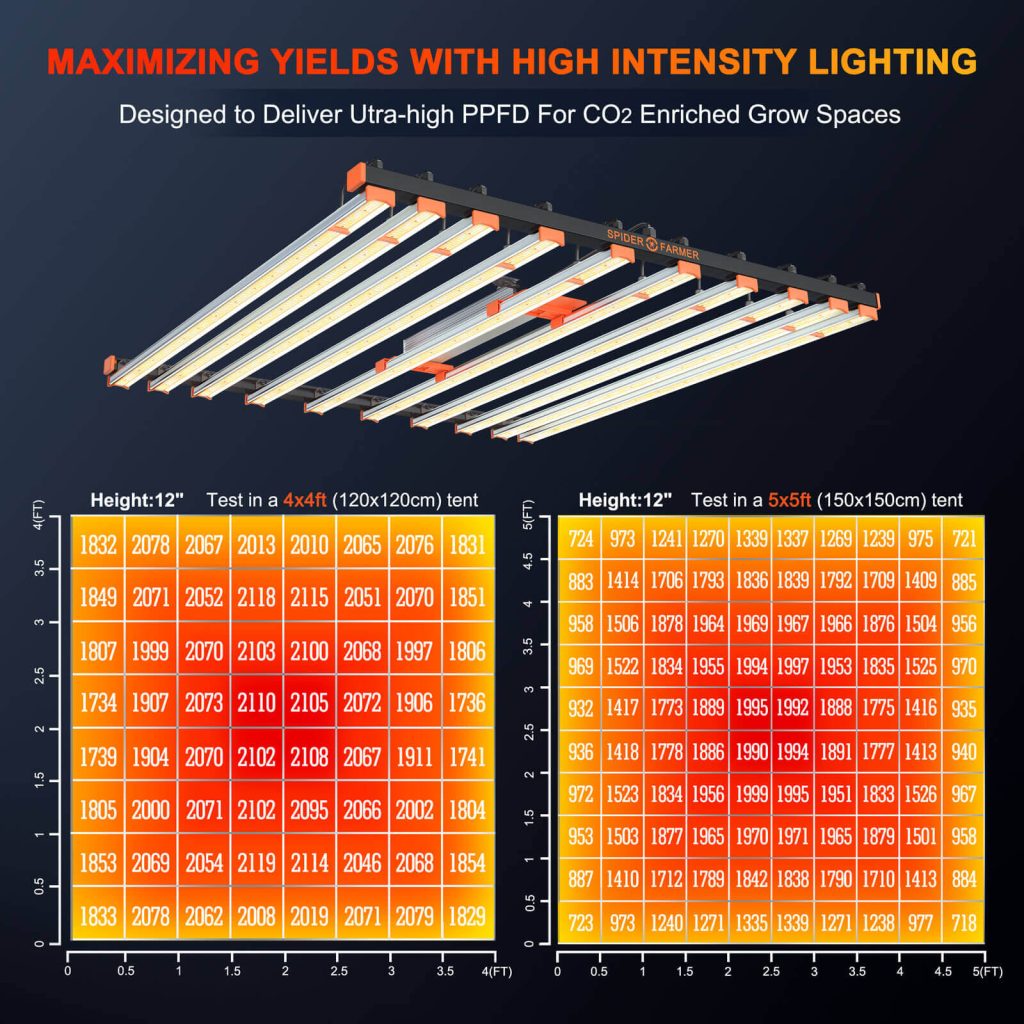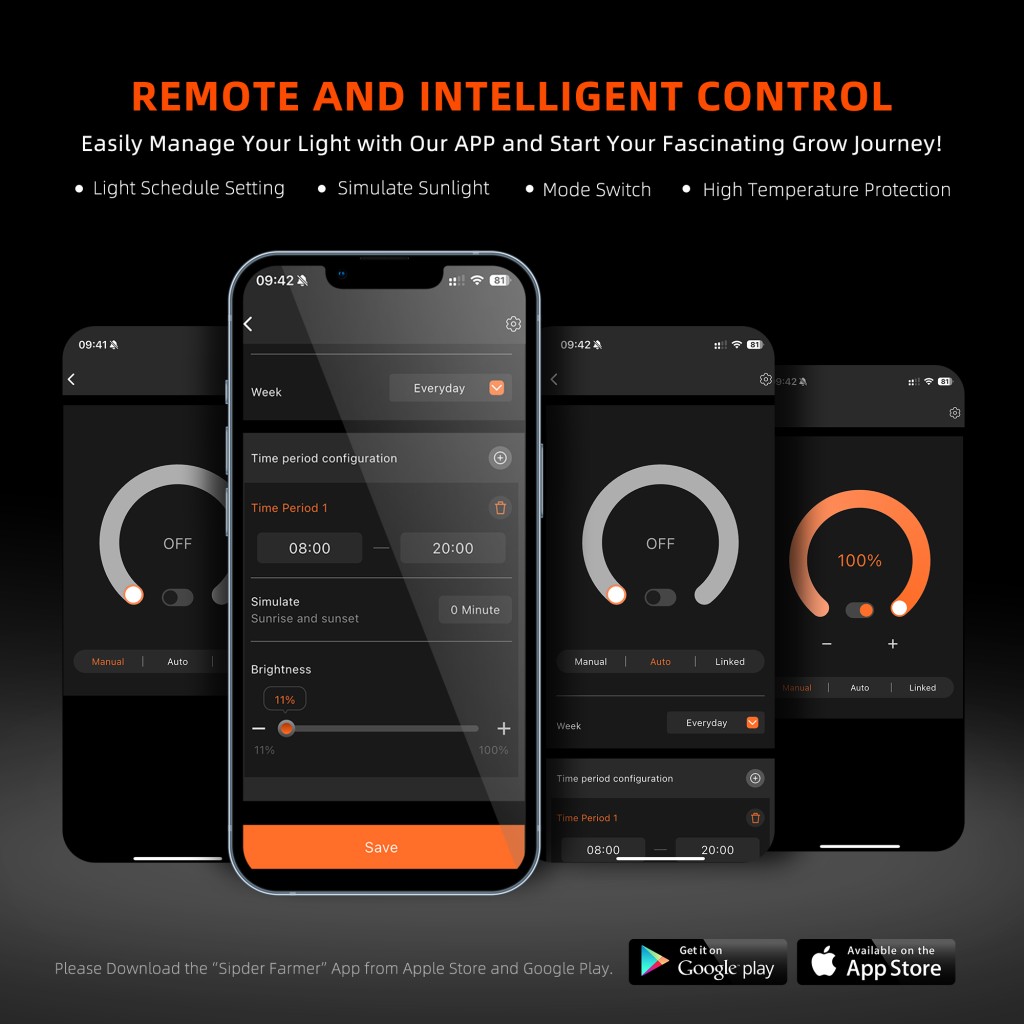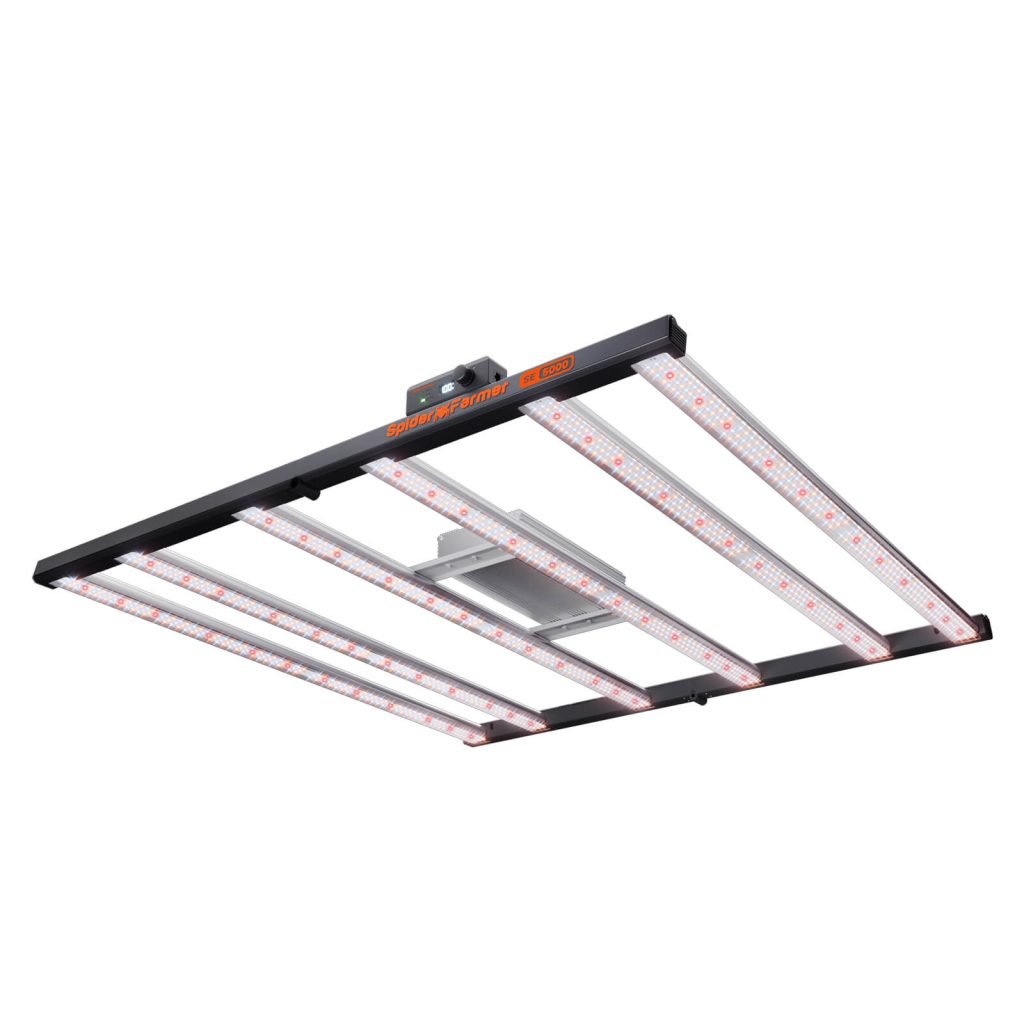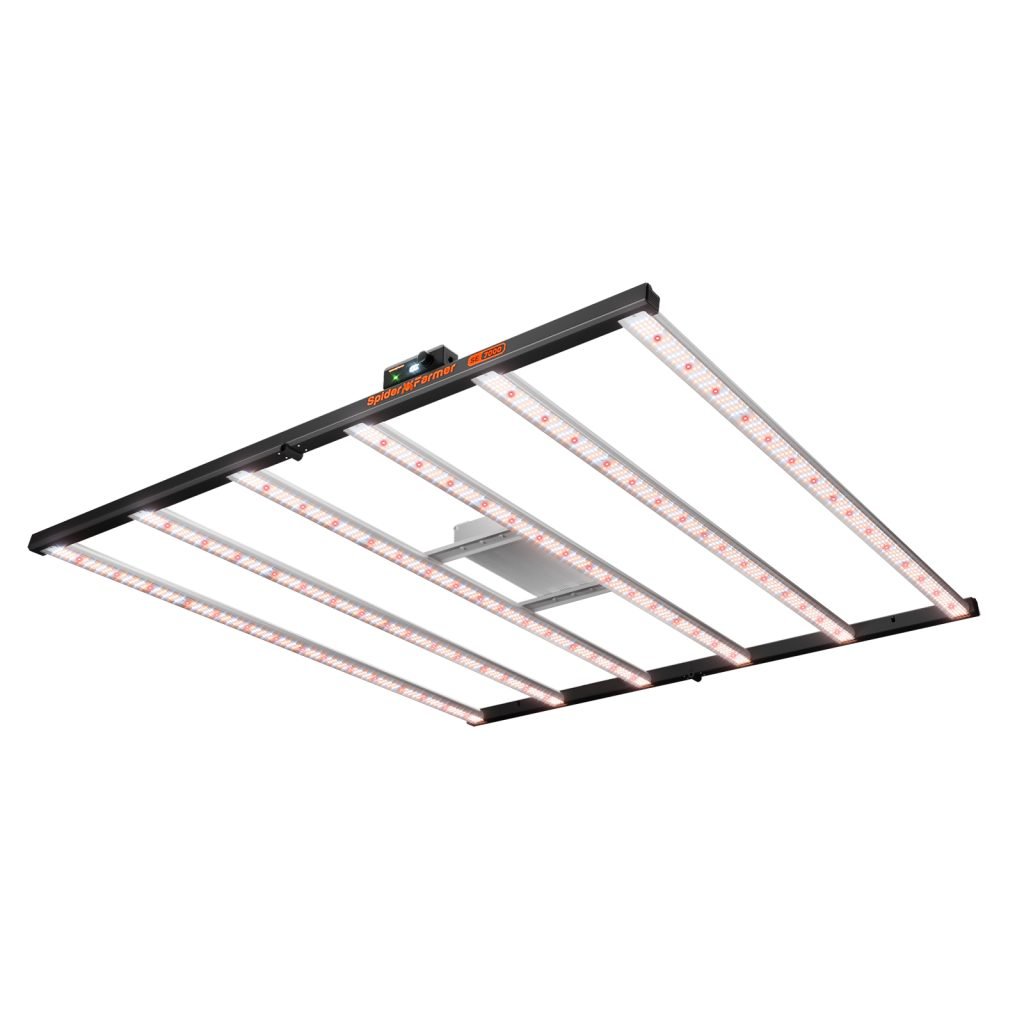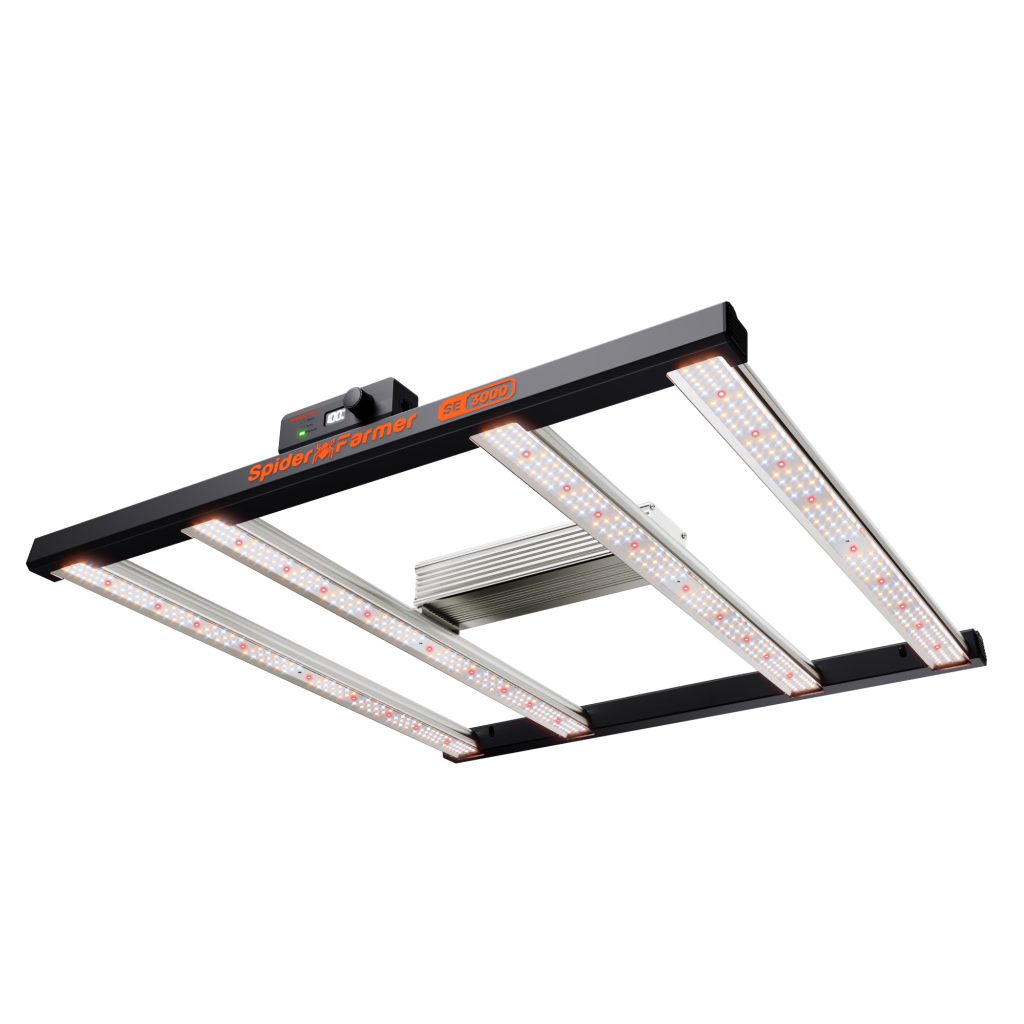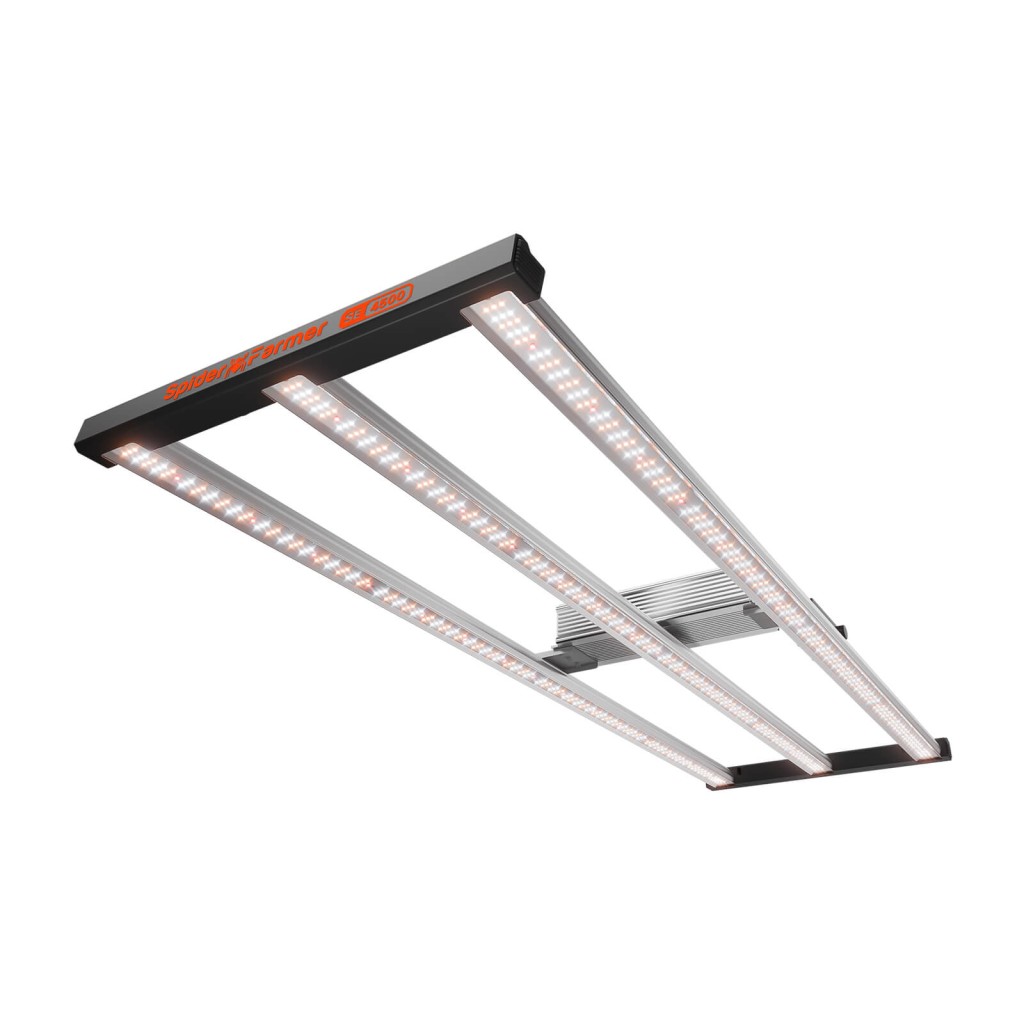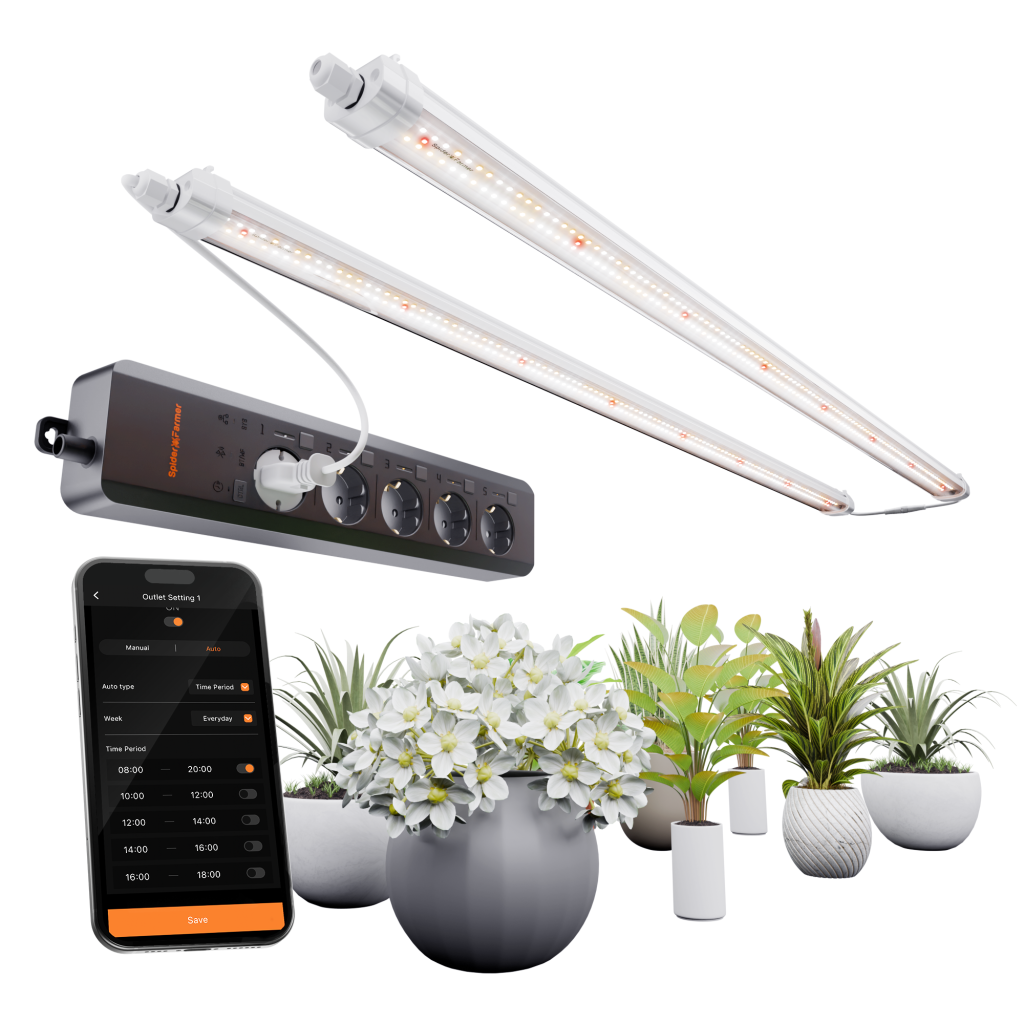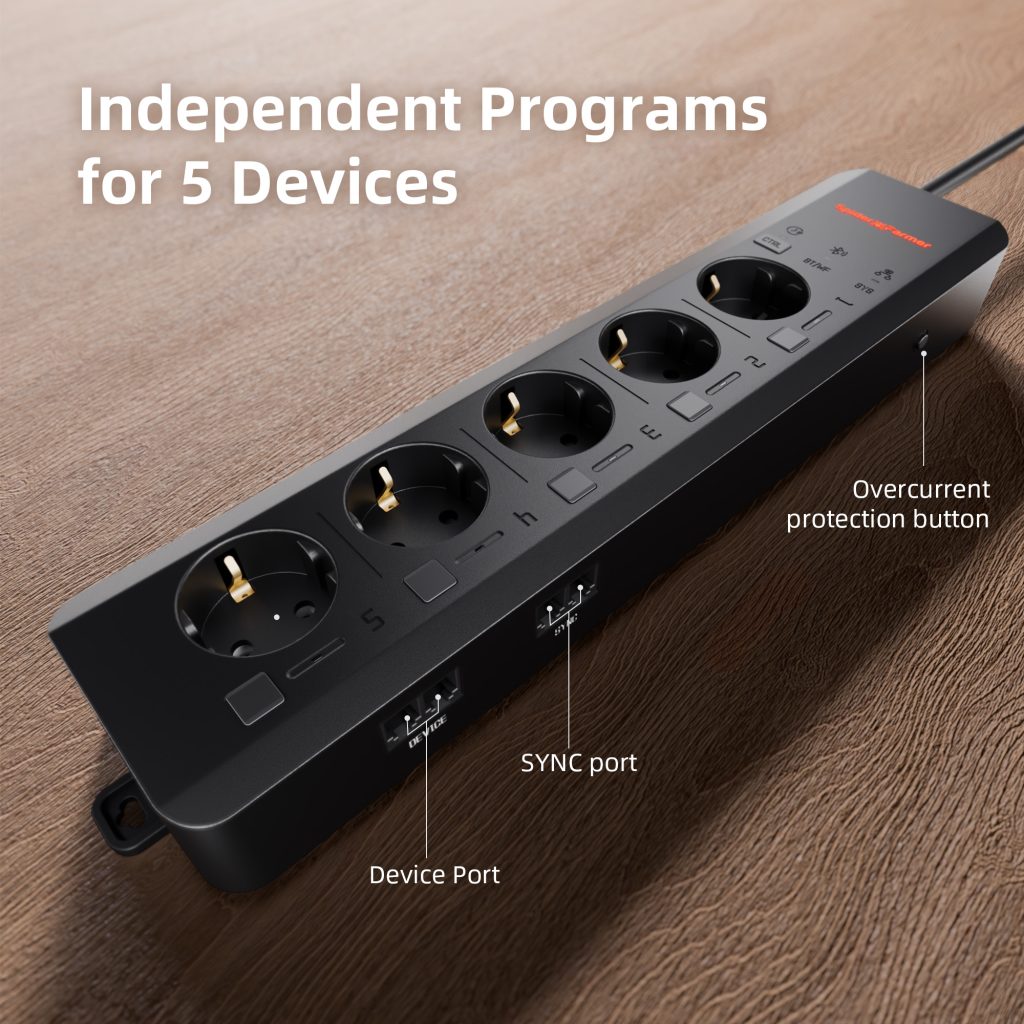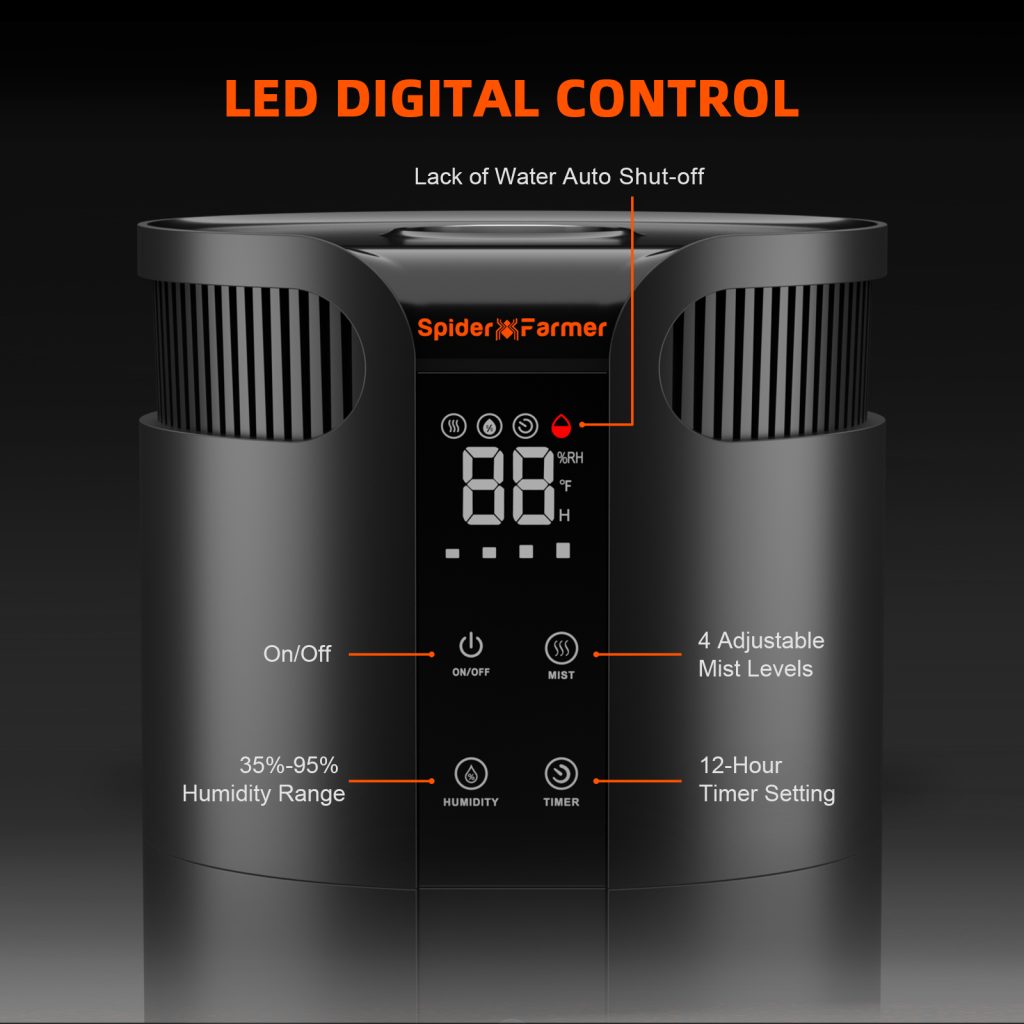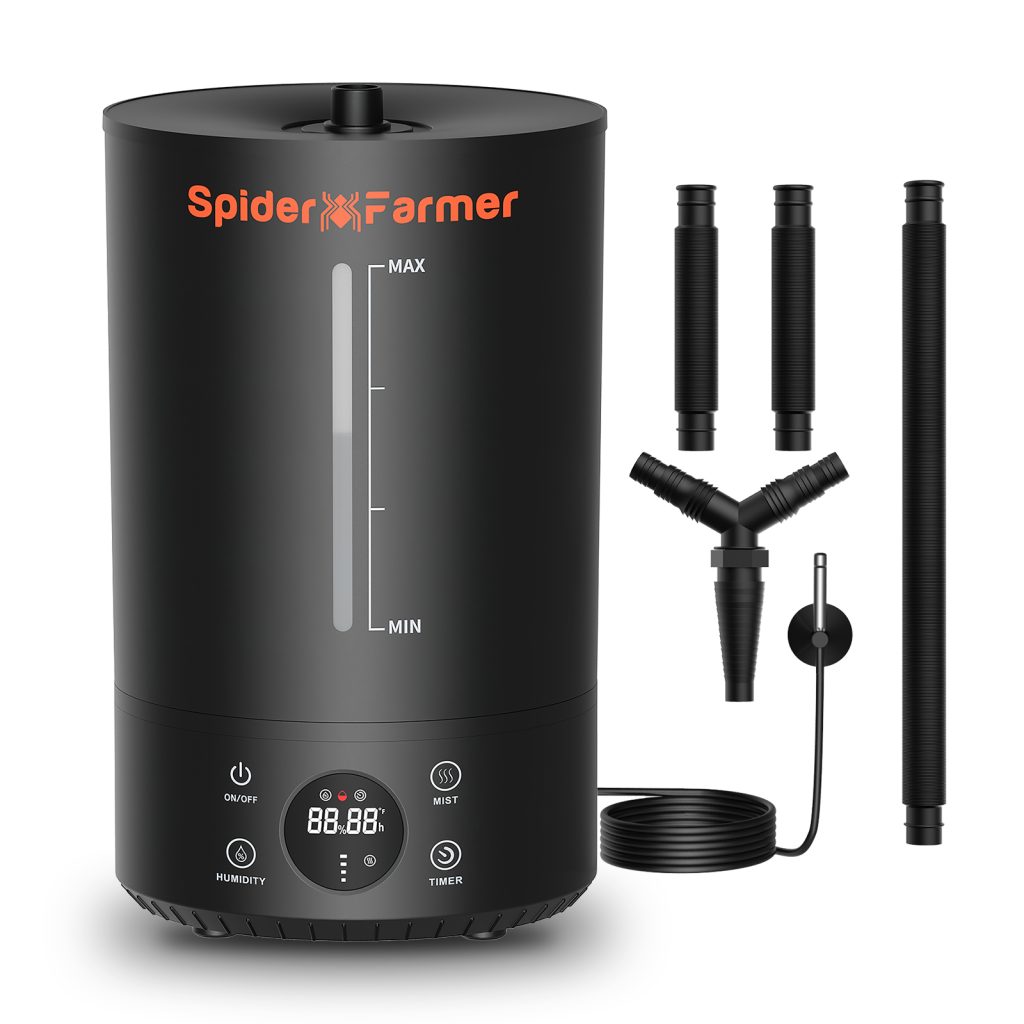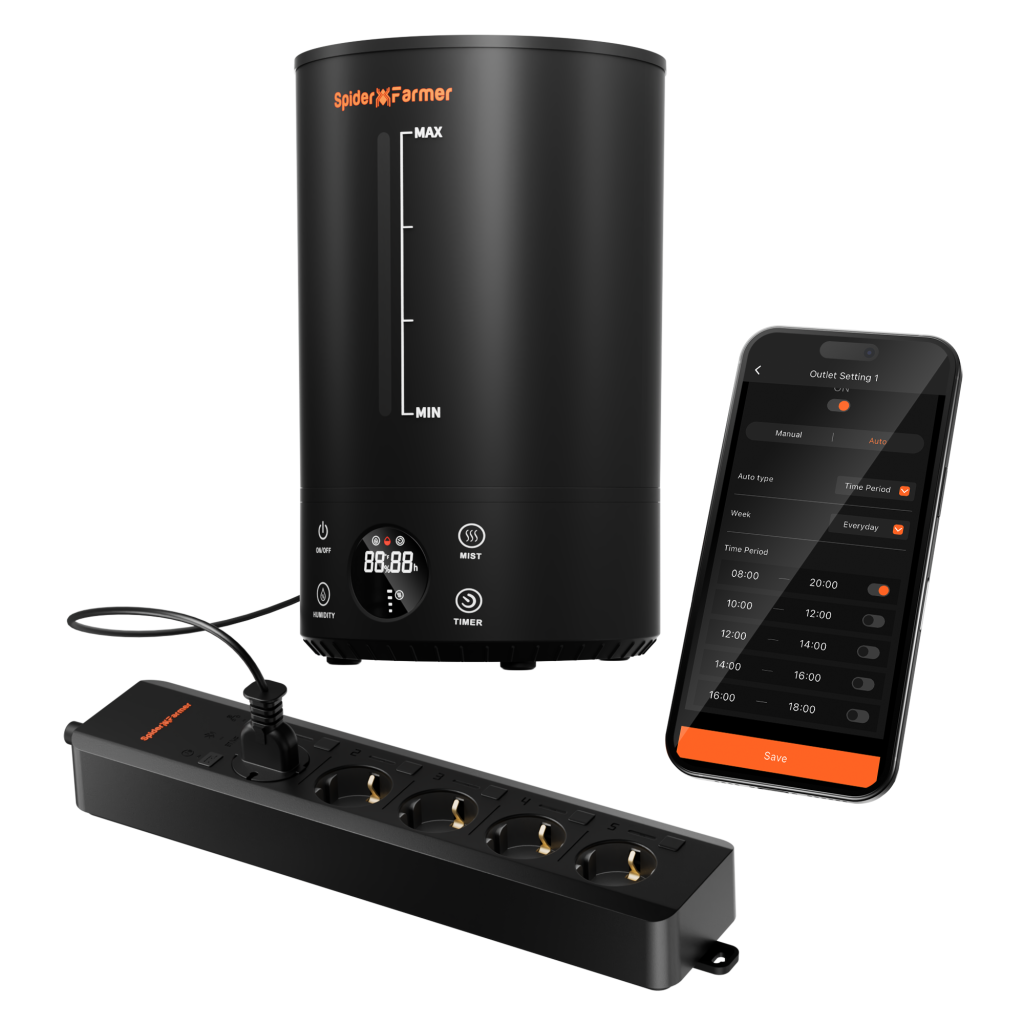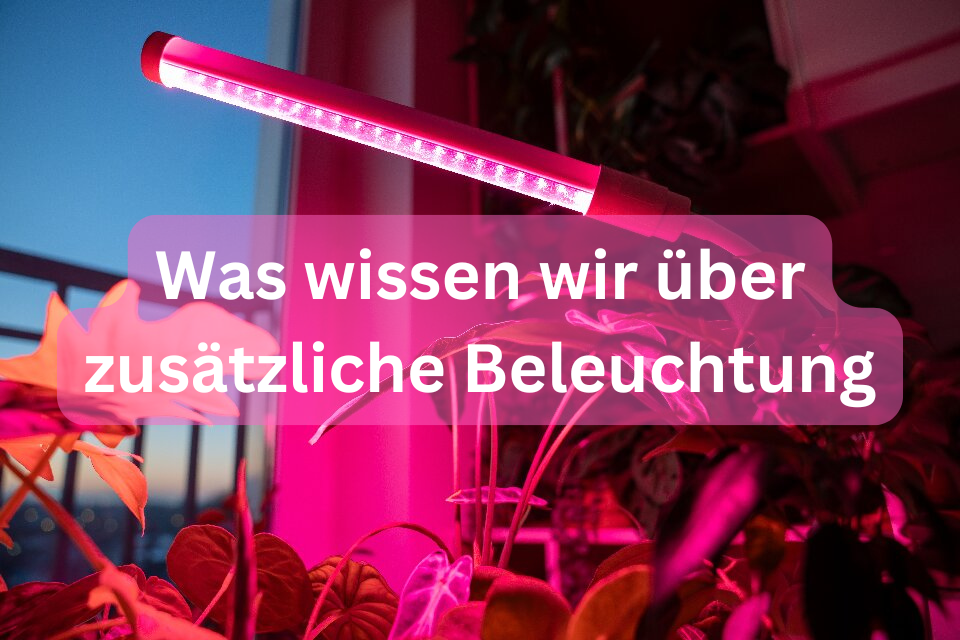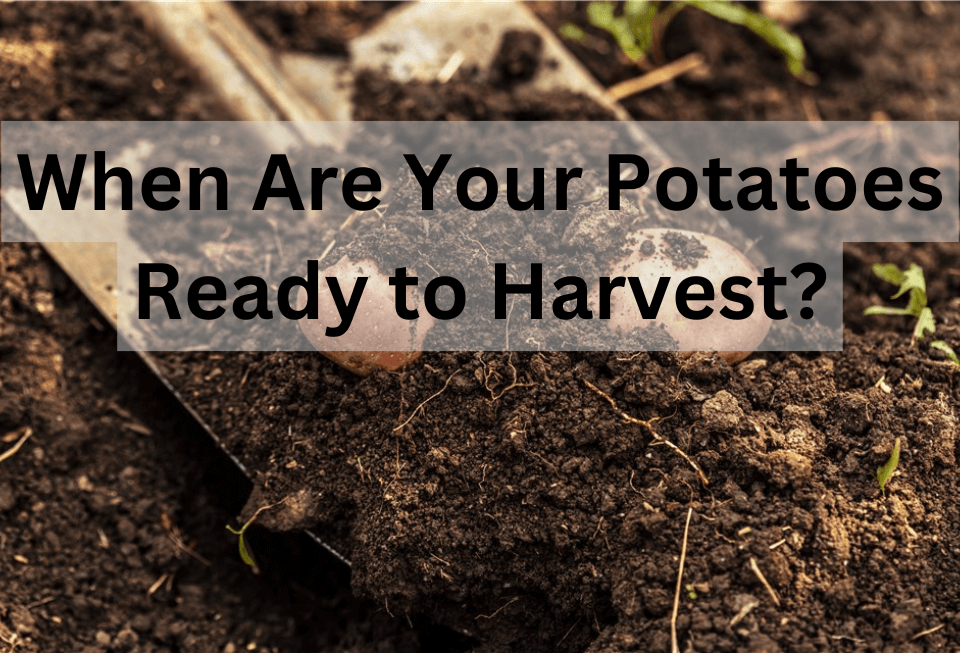Light is a fundamental element for plant growth. It drives photosynthesis and ensures healthy development. However, just as insufficient light can hinder plant health, too much light for plants can also lead to unexpected results.
As a plant enthusiast or a gardener, it’s crucial to understand the balance of light exposure. This article will delve into the signs of too much light on plants and tell you what you can do when there is too much light stress in plants. By recognizing these signs, you can take proactive steps to optimize light conditions and ensure your plants flourish in their environment.
Table of Contents
How to Tell a Plant is Getting Too Much Sun?
Excessive sunlight can lead to a host of problems, including leaf scorching, wilting, and stunted growth. In this part, we’ll explore the key indicators that your plant may be receiving too much sun and provide practical tips on how to address these issues. By understanding these signs, you can take proactive steps to optimize light conditions and ensure your plants flourish in their environment.
Leaf Scorching and Sunburn
One of the most common signs is leaf wilting, scorching, and sunburn, which appear as brown, dry, and brittle patches on the leaves, especially at the tips and edges. In severe cases, the leaves may turn entirely brown and crispy.

Leaf Scorching and Sunburn
Yellowing or Bleaching Leaves
Leaves may turn yellow or white, particularly those exposed to the most intense light. This is due to the breakdown of chlorophyll under excessive light. The veins may remain green, distinguishing this from other issues like nutrient deficiencies.
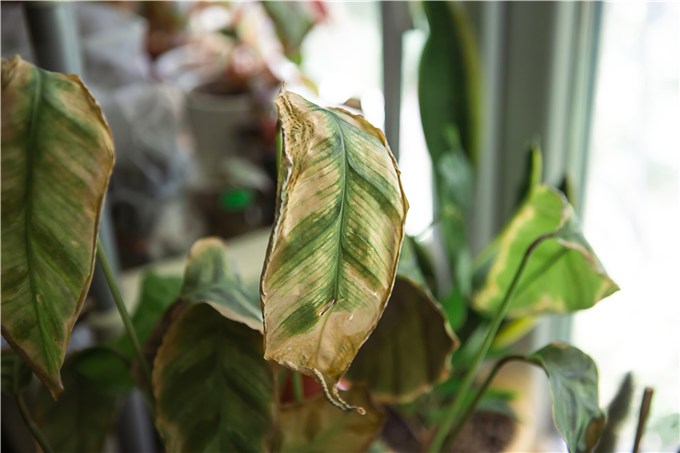
Yellowing or Bleaching Leaves
Wilting and Drooping Plants
Even well-watered plants may wilt or droop during the hottest parts of the day as a defense mechanism to reduce surface area exposed to the sun. If wilting persists into cooler hours, it indicates significant stress.
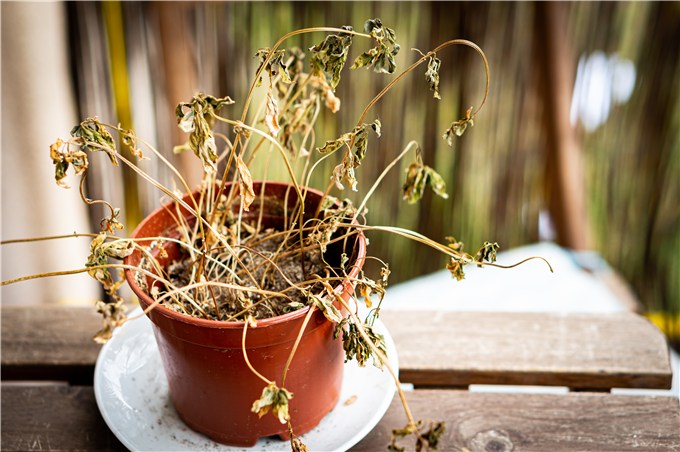
Wilting and Drooping Plants
Stunted Plant Growth
Excessive light can inhibit a plant’s overall growth, leading to slower growth rates, smaller leaves, and reduced fruit or flower production.
Curling Leaves
Leaves may curl inward to minimize exposure to intense light, often accompanied by brown, crispy edges.
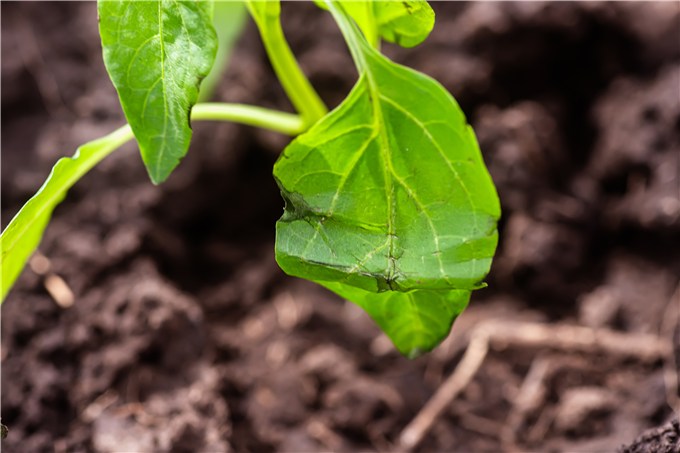
Curling Leaves
Dry Soil
Soil may dry out quickly, especially if the plant is in direct sunlight for extended periods. This can lead to dehydration and further light stress.

Dry Soil
Heat Stress
Feeling the plant’s leaves during the hottest part of the day can indicate if they are uncomfortably warm, a sign of too much light.
How to Tell if Grow Lights Are too Bright?
LED grow lights are essential for indoor gardening, providing supplemental lighting for plant growth. However, if there is too much light for plants, it can cause significant stress and damage to your plants. Here are some key signs to look for if you suspect your grow lights are too bright.
Leaf Burn and Discoloration
One of the most common signs of excessive light is leaf burn, which appears as yellow or bleached leaves, especially on the upper parts of the plant. The veins may remain green, but the rest of the leaf turns pale or brown. This is similar to sunburn in plants and can be mistaken for nutrient deficiencies.
Crispy Leaf Edges
The edges of the leaves may become crispy and brown, starting at the tips and spreading inward. This is a clear indication that the light intensity is too high for the plant.
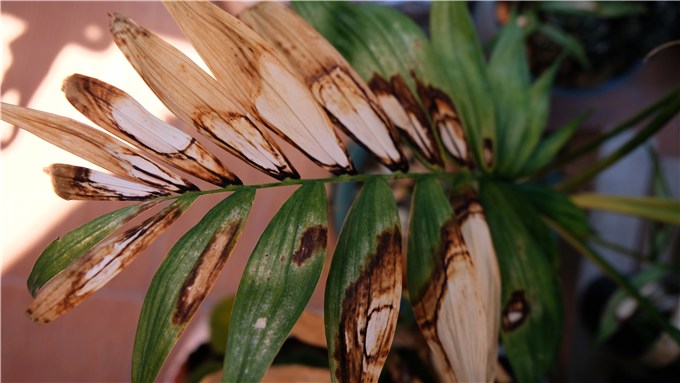
Crispy Leaf Edges
Stunted Plant Growth
Excessive light can inhibit a plant’s overall growth. Instead of thriving, plants may struggle to develop properly, resulting in smaller and weaker plants.
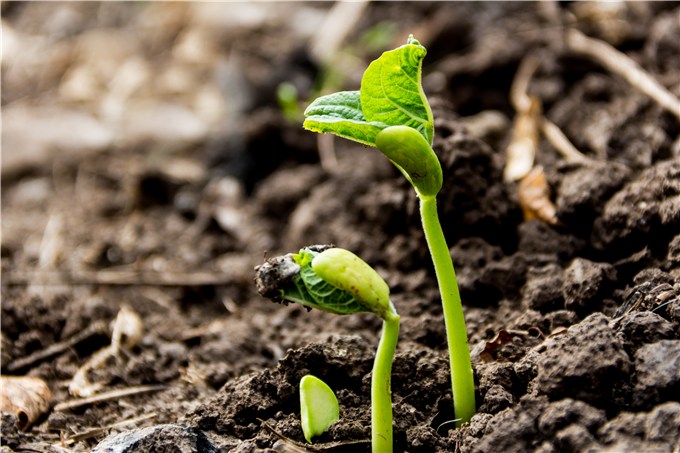
Stunted Plant Growth
Leaf Curling
Leaves may curl inward to minimize exposure to intense light. This is a defense mechanism to protect the plant from further damage.
Wilting Leaves
Even well-watered plants may wilt during the hottest parts of the day due to excessive light. If wilting persists, it indicates significant stress.
Reduced Flowering and Fruiting
In flowering plants, excessive light can lead to reduced flowering and fruiting. The plant may focus on surviving rather than reproducing.
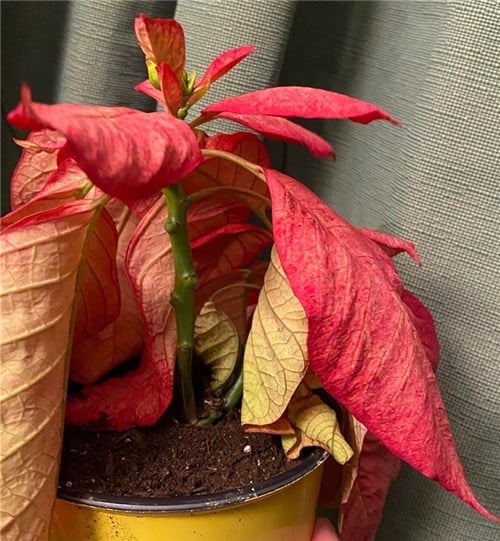
Reduced Flowering and Fruiting
How to Fix too Much LED Light Stress in Plants?
If you find that too much LED light stresses plants, follow the practical solutions below to fix the issue. By understanding how to manage light intensity and duration, you can optimize your indoor garden and ensure your plants flourish under LED grow lights.
1. Adjust the Distance of the Lights

Adjust the Distance of the Lights
- Increase the Distance: If your plants are showing signs of light stress, such as yellowing or bleached leaves, move the grow lights further away from the plants. The optimal distance depends on the type and wattage of the lights. For example, lower-wattage LEDs should be placed 12-20 inches away, while higher-wattage LEDs should be placed 36-46 inches away.
- Gradual Adjustment: Move the lights incrementally over a few days to allow the plants to adjust gradually.
2. Use Dimmable Grow Lights
- Adjustable Intensity: Opt for LED grow lights with adjustable dimming options. This allows you to fine-tune the light intensity according to your plants' needs at different stages of growth.
- Lower Intensity: Reduce the intensity of the lights if you notice signs of stress. Some lights come with built-in settings for different growth stages.
Clearance Price I Spider Farmer SE1000W LED Grow Light For Horticulture Commercial Vertical Lampe
In stock
Spider Farmer SE1500 150W Led Grow Light Samsung LM301H EVO Lampe with Bluetooth & WiFi Smart APP Control for 70x70cm
In stock
Spider Farmer SE5000 480W Led Grow Lampe Samsung LM301H EVO Dimmable Vollspektrum with Bluetooth & WiFi Smart APP Control
In stock
Spider Farmer SE7000 730W Led Grow Light Samsung LM301H EVO Horticulture Commercial Lampe with Bluetooth & WiFi Smart APP Control
In stock
Weekly Sale I Spider Farmer SE1200W LED Grow Light Dimmable Samsung LM301H EVO for Commercial Vertical Lampe
In stock
Weekly Sale I Spider Farmer SE3000 300W LED Grow Light Samsung LM301H EVO Full Spectrum Pflanzenlampe Bluetooth & WiFi Smart APP Control
In stock
Weekly Sale I Spider Farmer SE4500 320W LED Grow Light Dimmable Samsung LM301H EVO Pflanzenlampe for 70x140cm with Bluetooth & WiFi Smart APP Control
In stock
3. Monitor and Adjust Light Duration
- Optimal Light Schedule: Most plants do not need more than 12-16 hours of light per day. Adjust the duration of light exposure by using LED grow lights with GGS. This can match the specific needs of your plants.
- Use Timers: Automated timers can help ensure consistency and prevent overexposure.
Spider Farmer Glow80 80W LED Grow Light, Full Spectrum Waterproof, Linkable Plant Lamp for Seedling, Veg, Flower & Hydroponic with GGS AC5 Power Strip Kit
In stock
4. Provide Shade or Diffuse the Light
- Sheer Curtains or Blinds: Use sheer curtains or blinds to filter the light, especially if your plants are near windows.
- Shade Cloths: For outdoor plants or grow tents, use shade cloths to reduce the intensity of direct sunlight.
5. Monitor Plant Health
- Use Tools: Consider using PAR meters or spectrometers to measure light intensity and ensure you are not exceeding the optimal levels.
- Regular Observation: Keep a close eye on your plants for signs of stress. Yellowing leaves, leaf curling, and stunted growth are common indicators of excessive light.
6. Increase Humidity
Excessive light can cause plants to lose moisture more quickly. Increasing humidity levels with plant humidifiers can help mitigate the effects of light stress.
Spider Farmer 6L Cool Mist Humidifier Ultrasonic with Temperature & Humidity Probe for Plants Indoor Grow Tent
In stock
Spider Farmer 6L Cool Mist Humidifier with GGS AC5 Power Strip Kit for Smart Control
In stock
How Long Does it Take for Plants to Recover from Light Stress?
The recovery time for plants from light stress can vary depending on several factors, including the severity of the stress, the type of plant, and the corrective actions taken.
The recovery process involves the plant gradually regaining its health, which can be supported by reducing light intensity, providing adequate water, and maintaining a balanced environment.
Generally speaking, some plants can recover in as little as 5-7 days, while most take around 10 days to show physical changes.
FAQs About Too Much Light for Plants
By the end of the post, we will focus on several FAQs on too much light for plants.
Is 5000 lumens too bright for plants?
A brightness of 5,000 lumens can be suitable for plants, depending on t` pe of plants and their light requirements. High-light plants, such as many vegetables and flowering species, thrive under bright conditions and may benefit from this level of illumination. However, for low-light plants, 5,000 lumens may be too intense, potentially leading to light stress or burn. It’s essential to consider the specific needs of your plants and adjust the distance of the light source or duration of exposure to ensure optimal growth without causing harm.
Is 12 hours of grow light too much?
12 hours of grow light can be appropriate for many plants, particularly those in the vegetative stage, as they typically require around 12 to 16 hours of light per day to thrive. However, the optimal duration can vary depending on the type of plant and its specific light requirements; for example, flowering plants may benefit from a shorter light cycle. It's essential to monitor the plants for signs of light stress, such as leaf curling or bleaching, and adjust the duration accordingly to ensure healthy growth.
How to tell the difference between light burn and nutrient burn?
- Location of Symptoms: Light burn typically affects the top leaves closest to the light source, while nutrient burn often starts at the tips and edges of older leaves.
- Appearance: Light burn causes bleached spots, whereas nutrient burn leads to browning or darkening.
Conclusion
It’s possible to discover symptoms of too much light on plants before everything gets worse. Excessive light can lead to a range of issues, from leaf burn and discoloration to stunted growth and reduced productivity. By recognizing these signs early and taking appropriate corrective actions, you can mitigate the damage and support your plants’ recovery.



